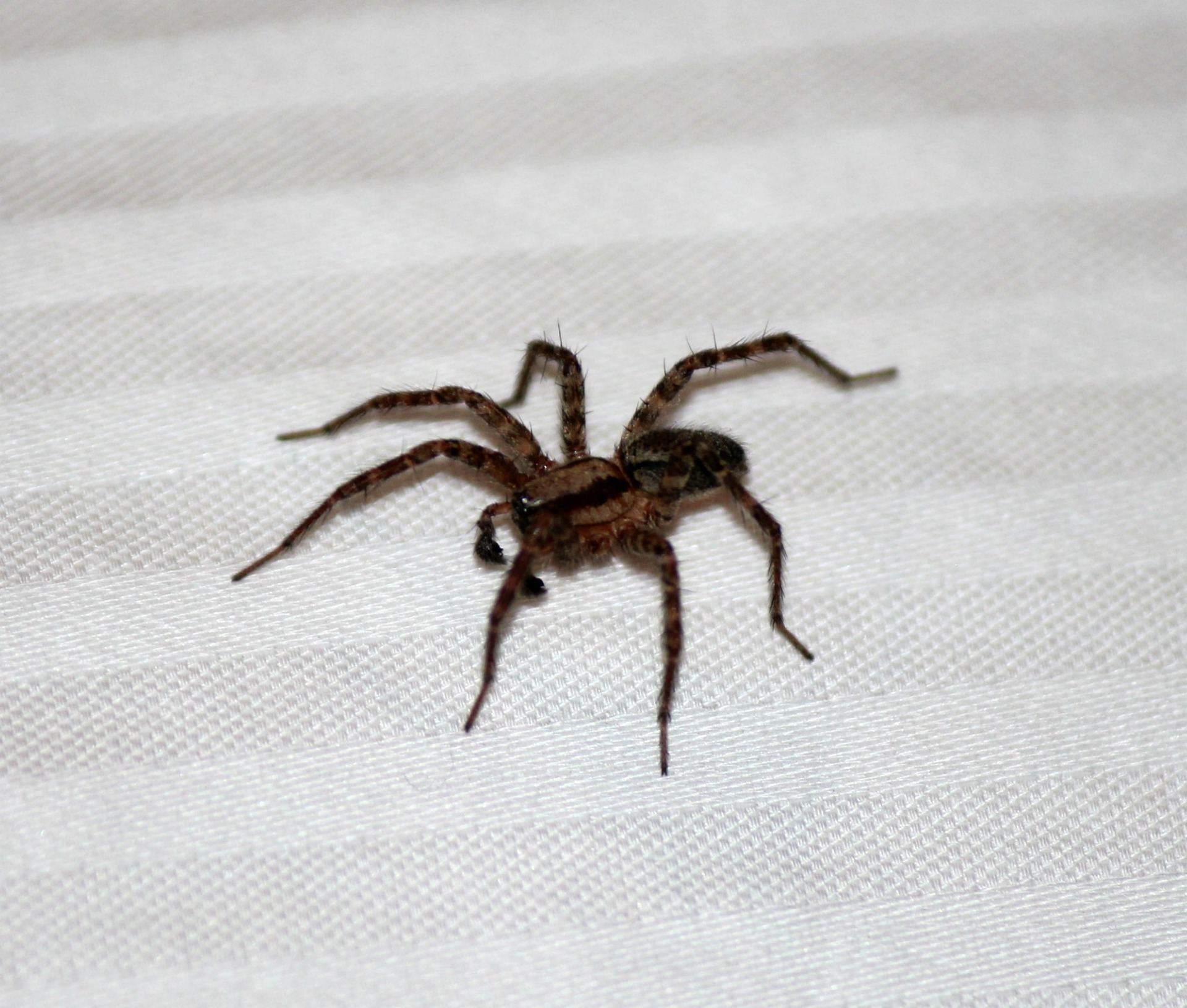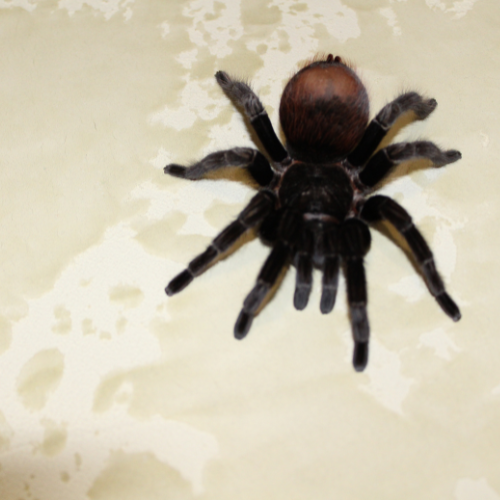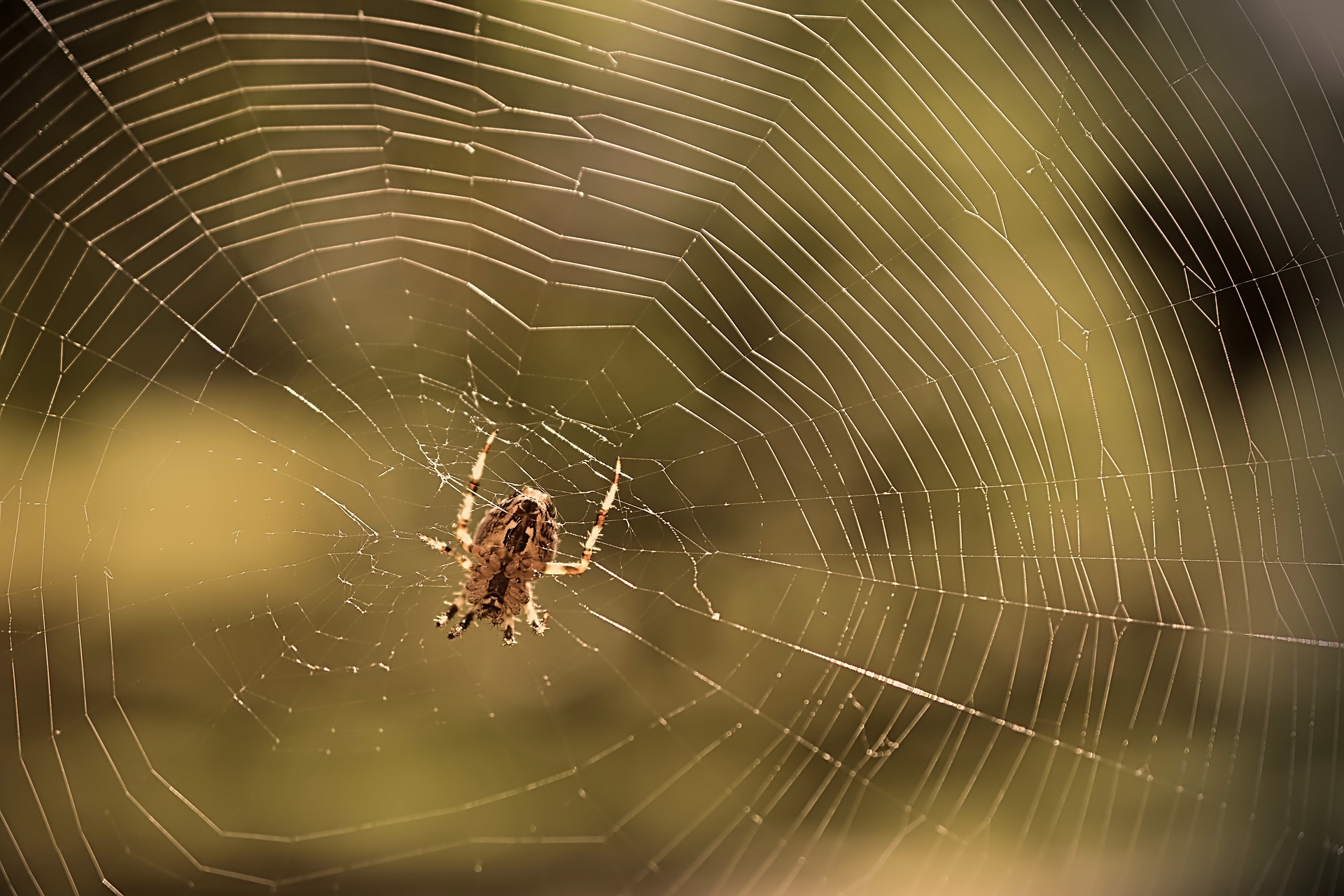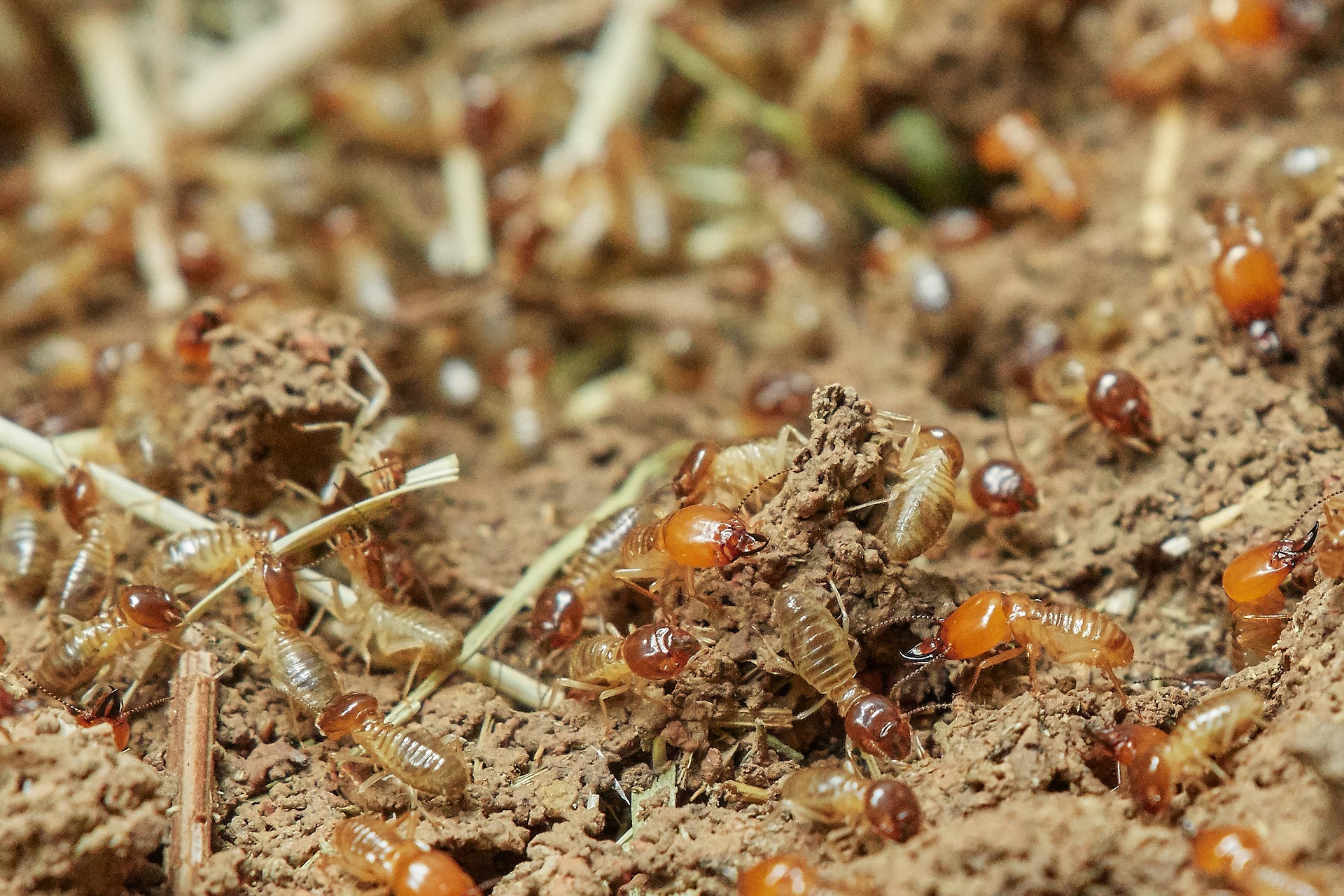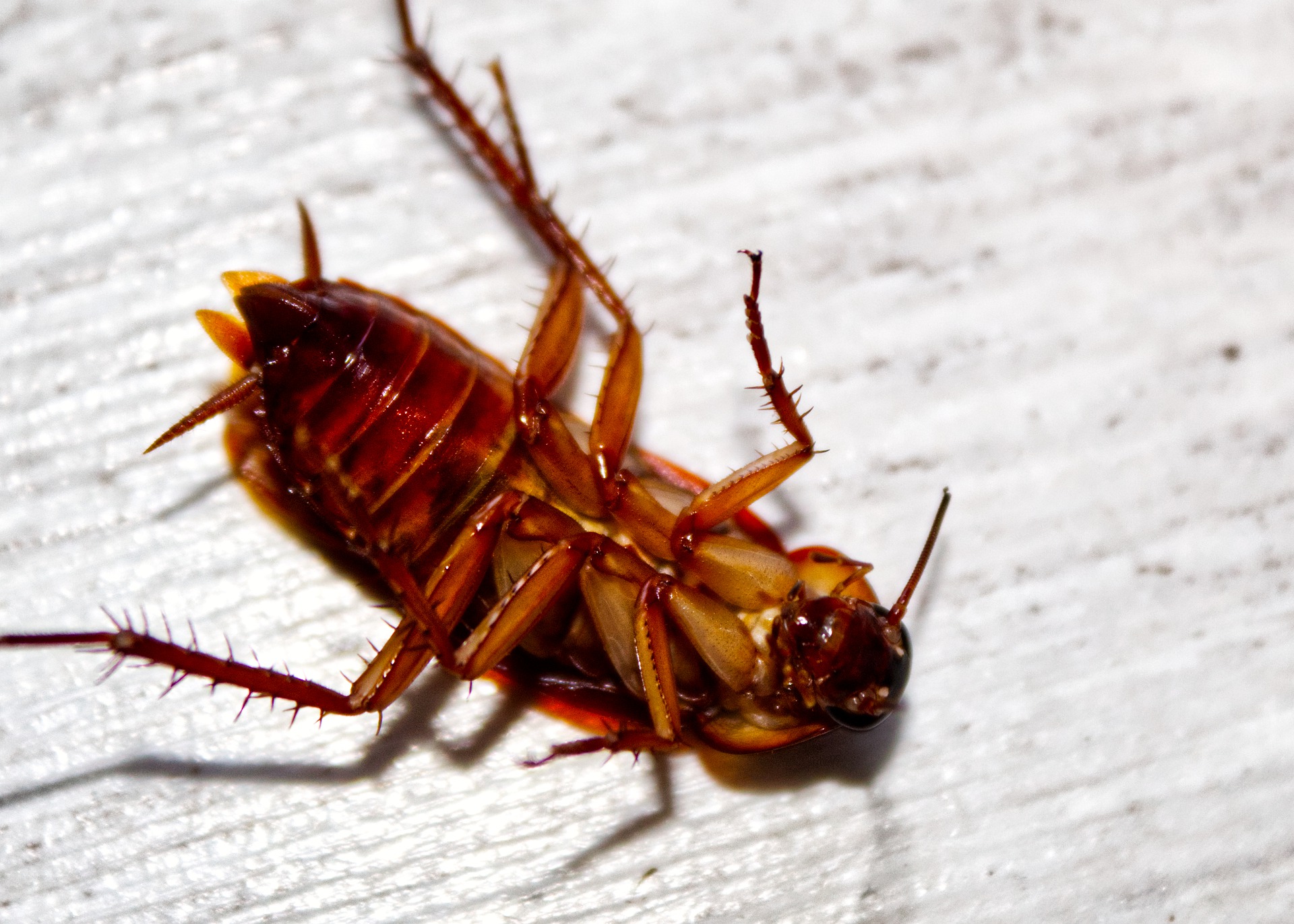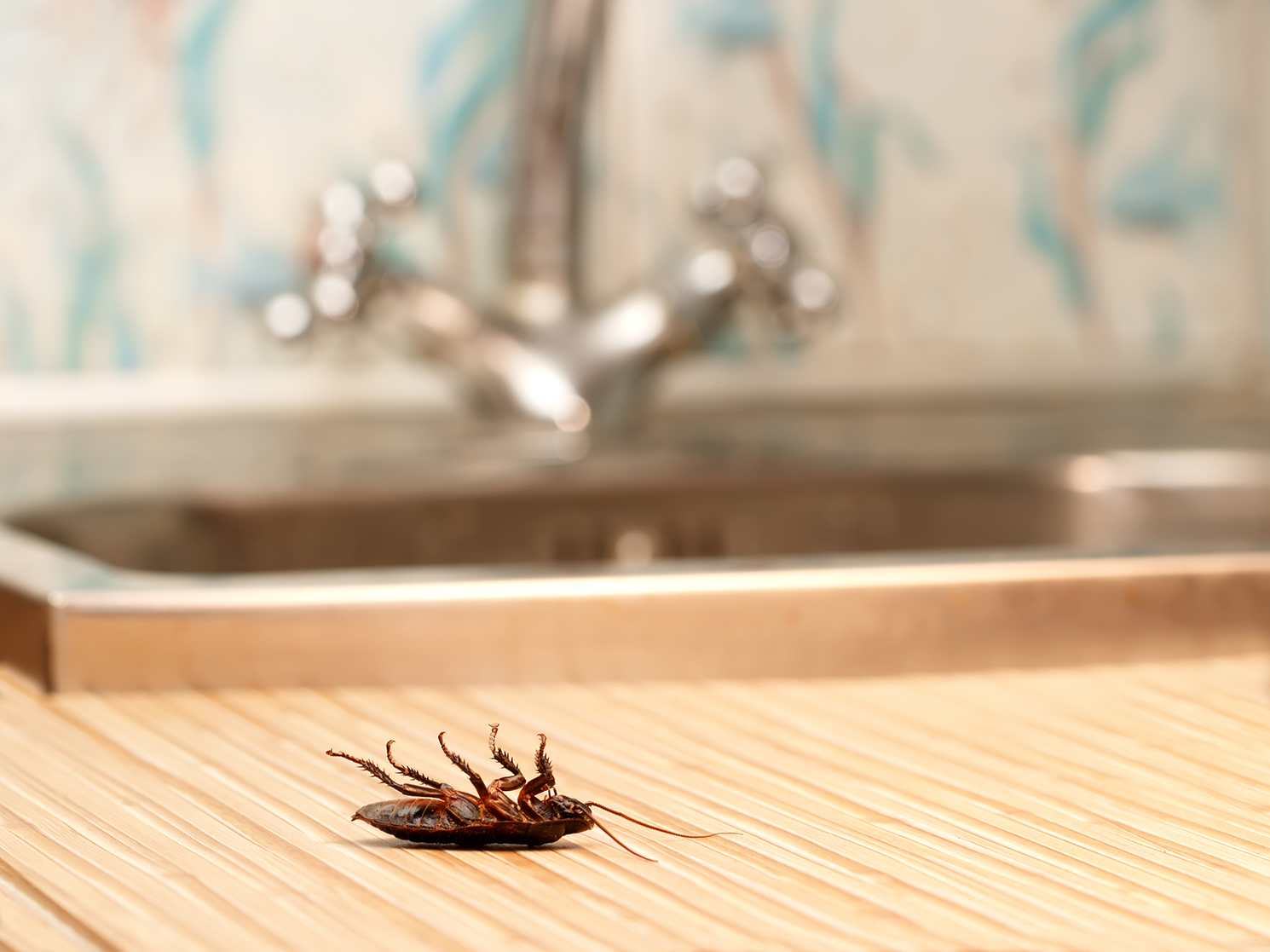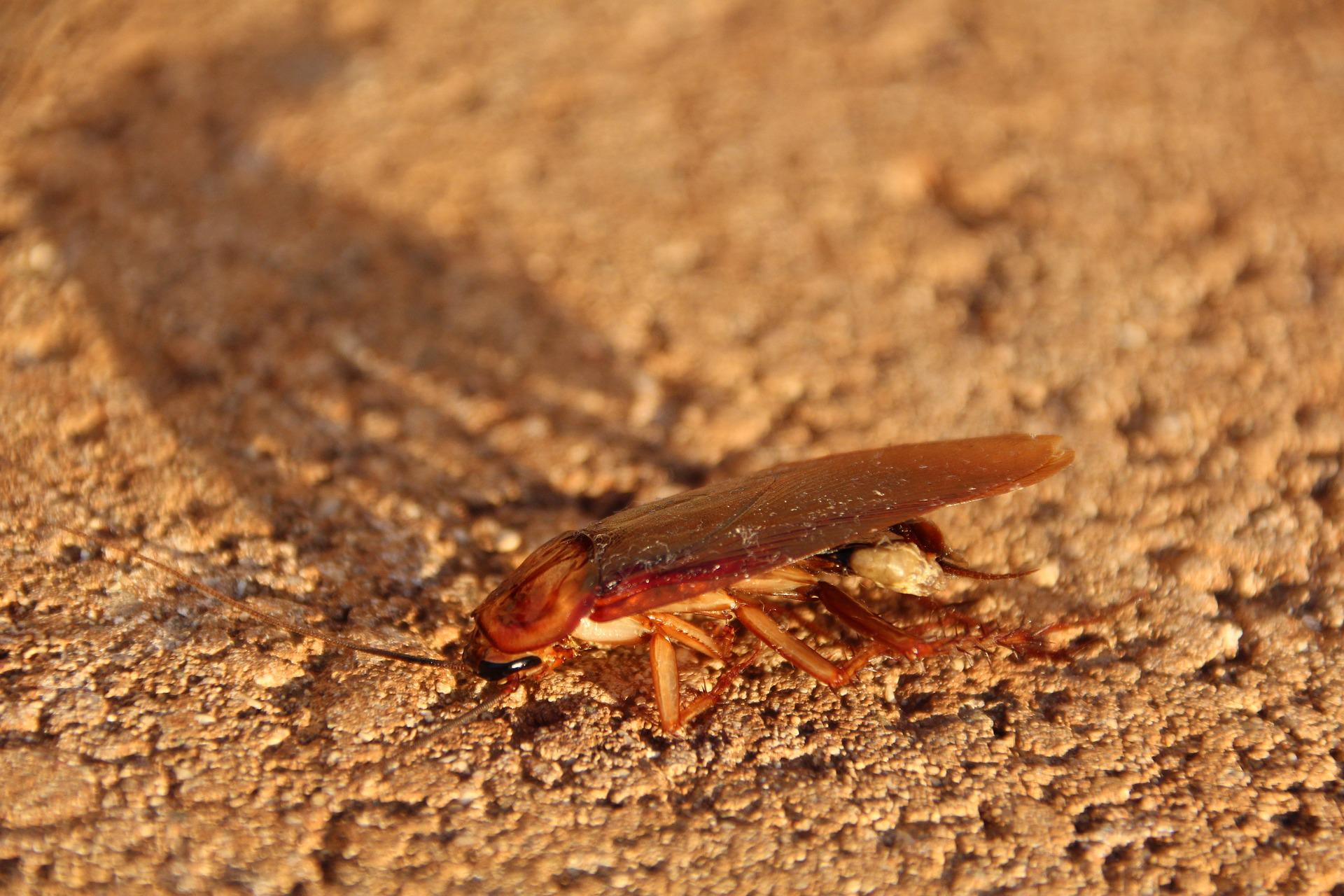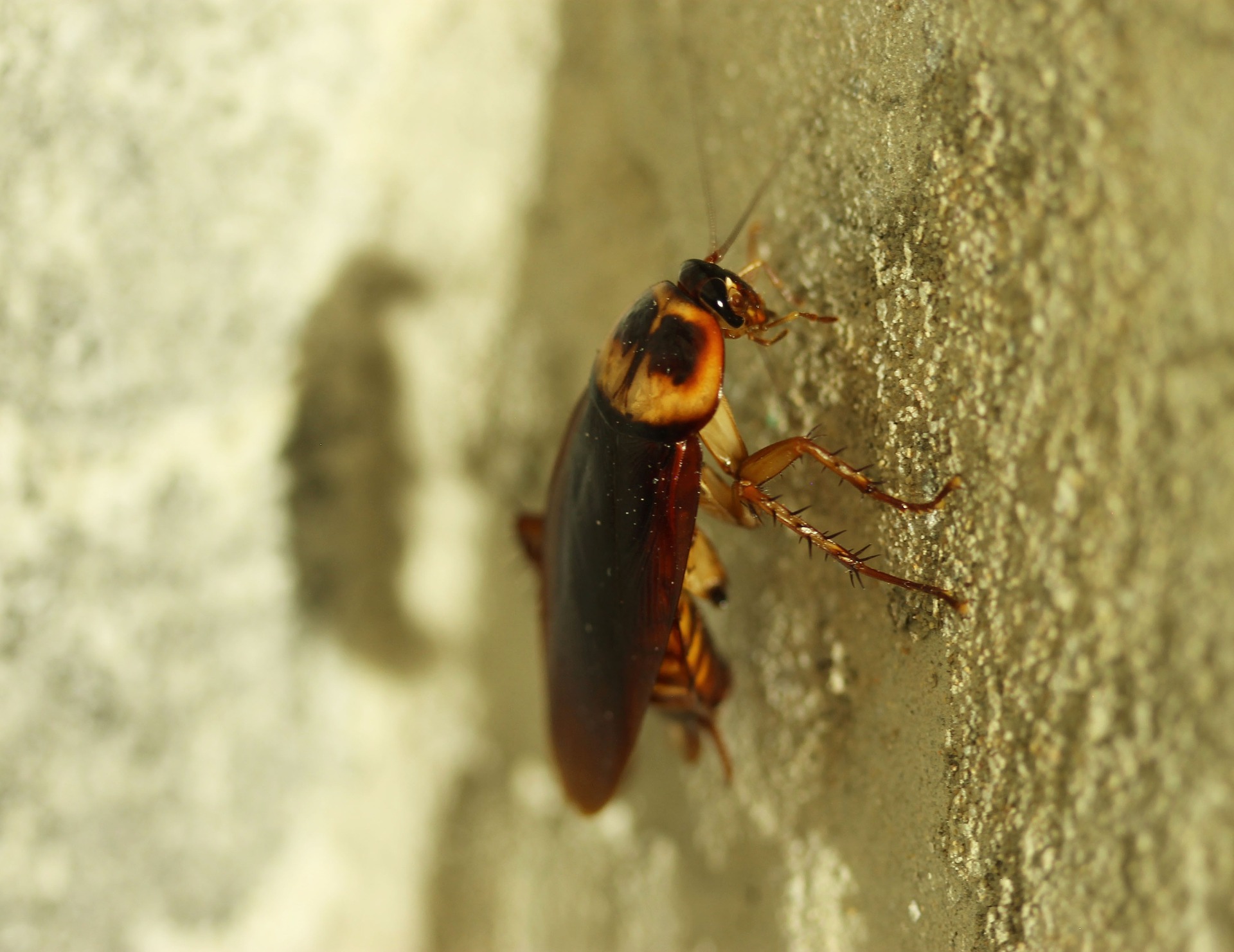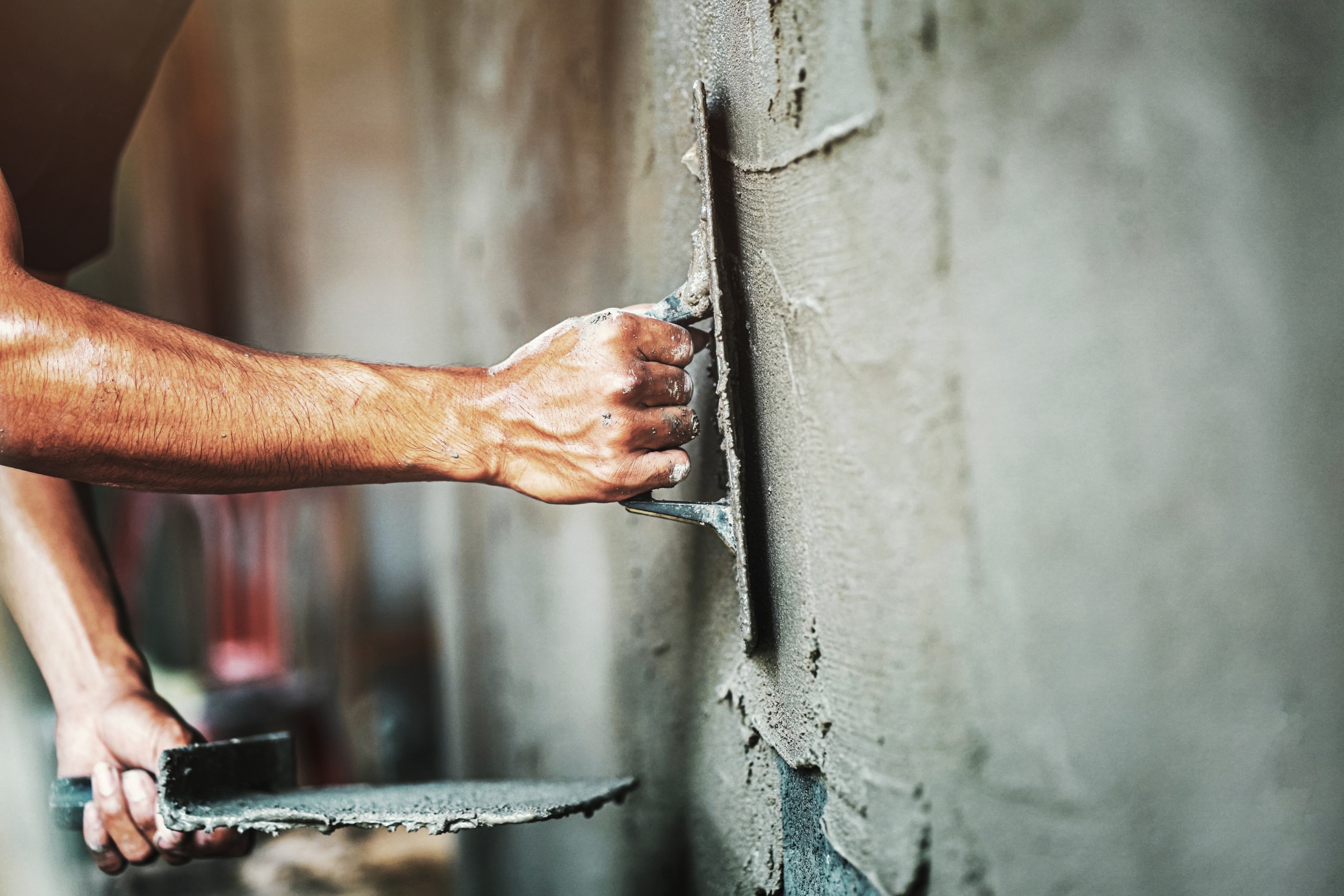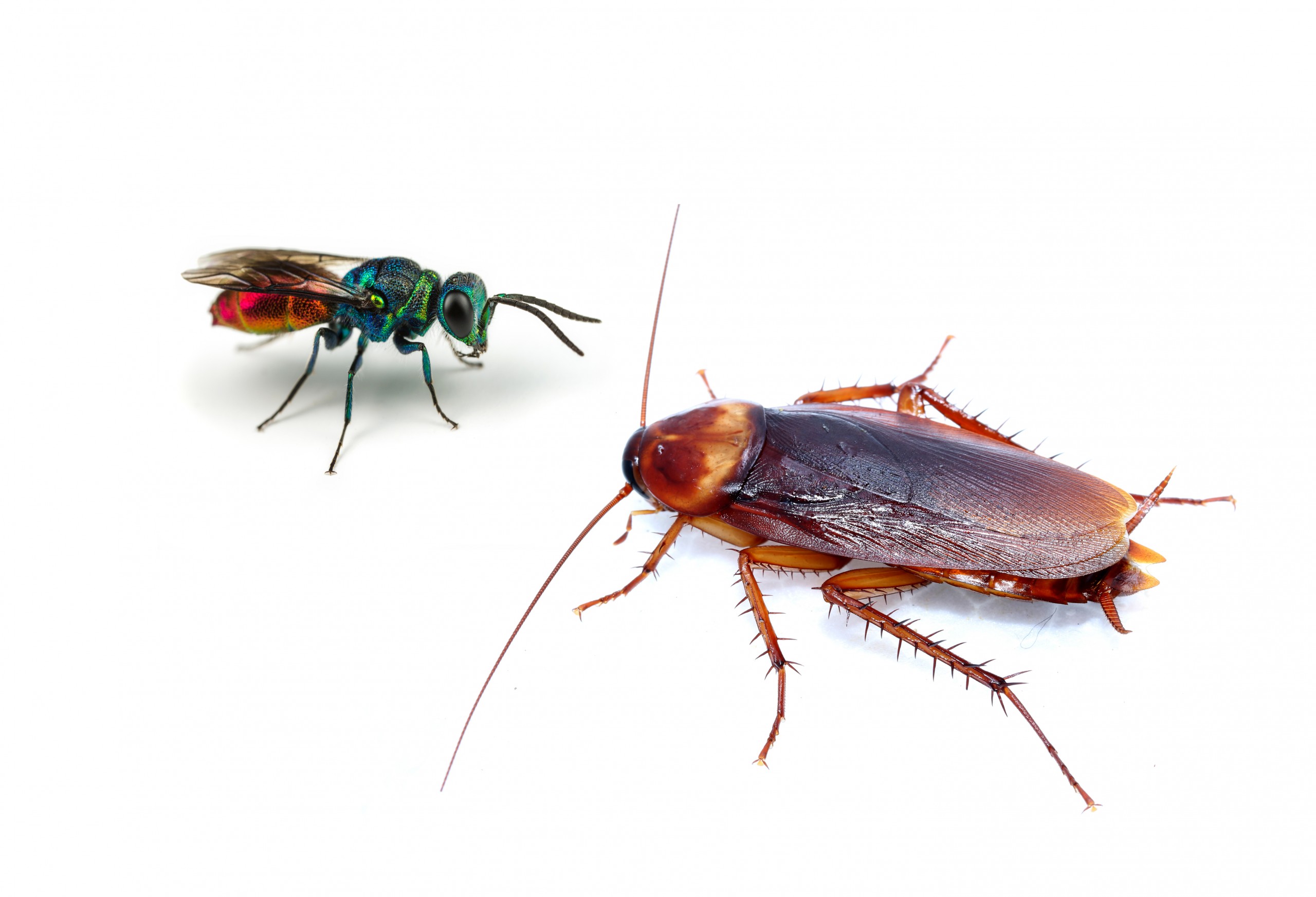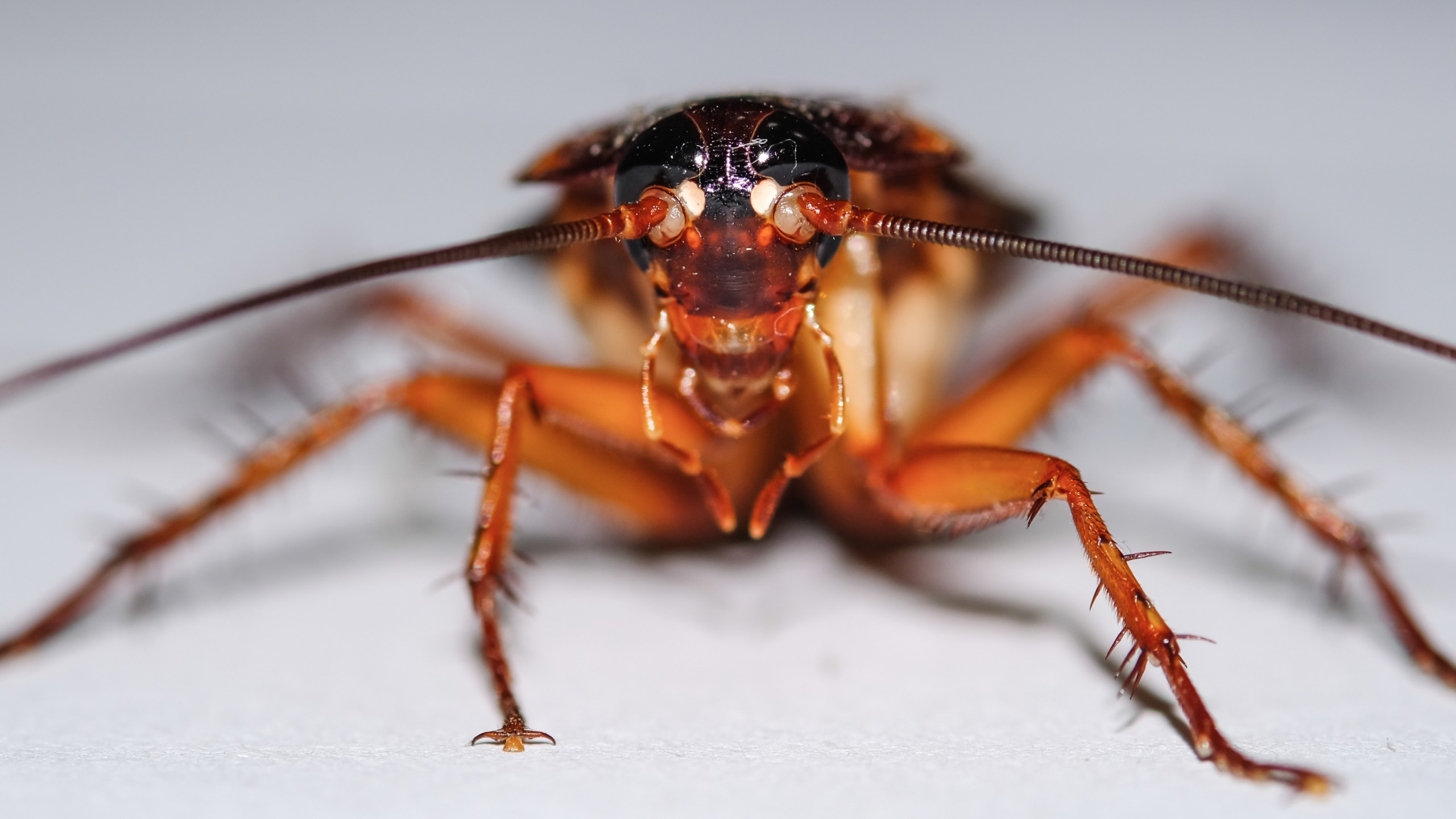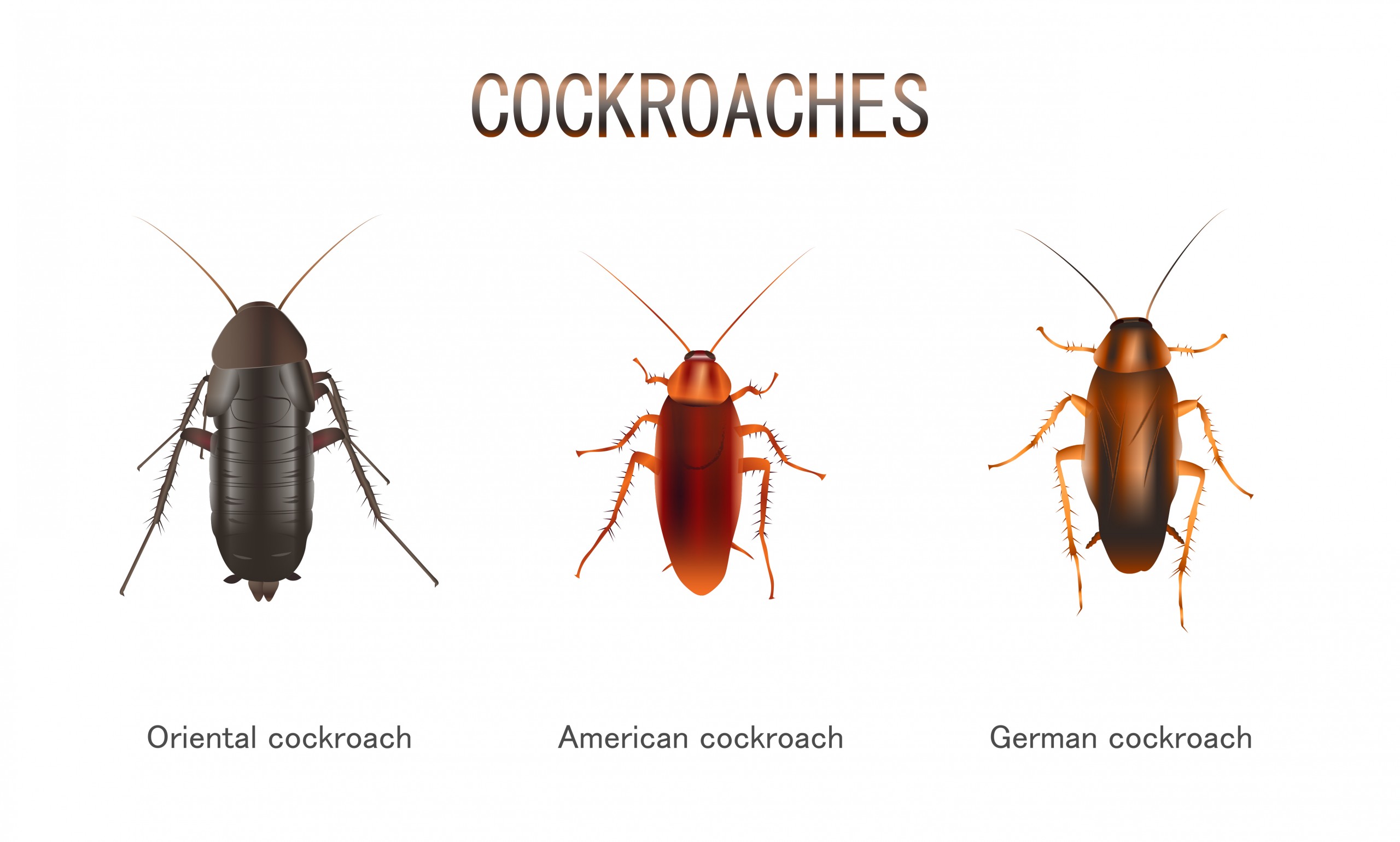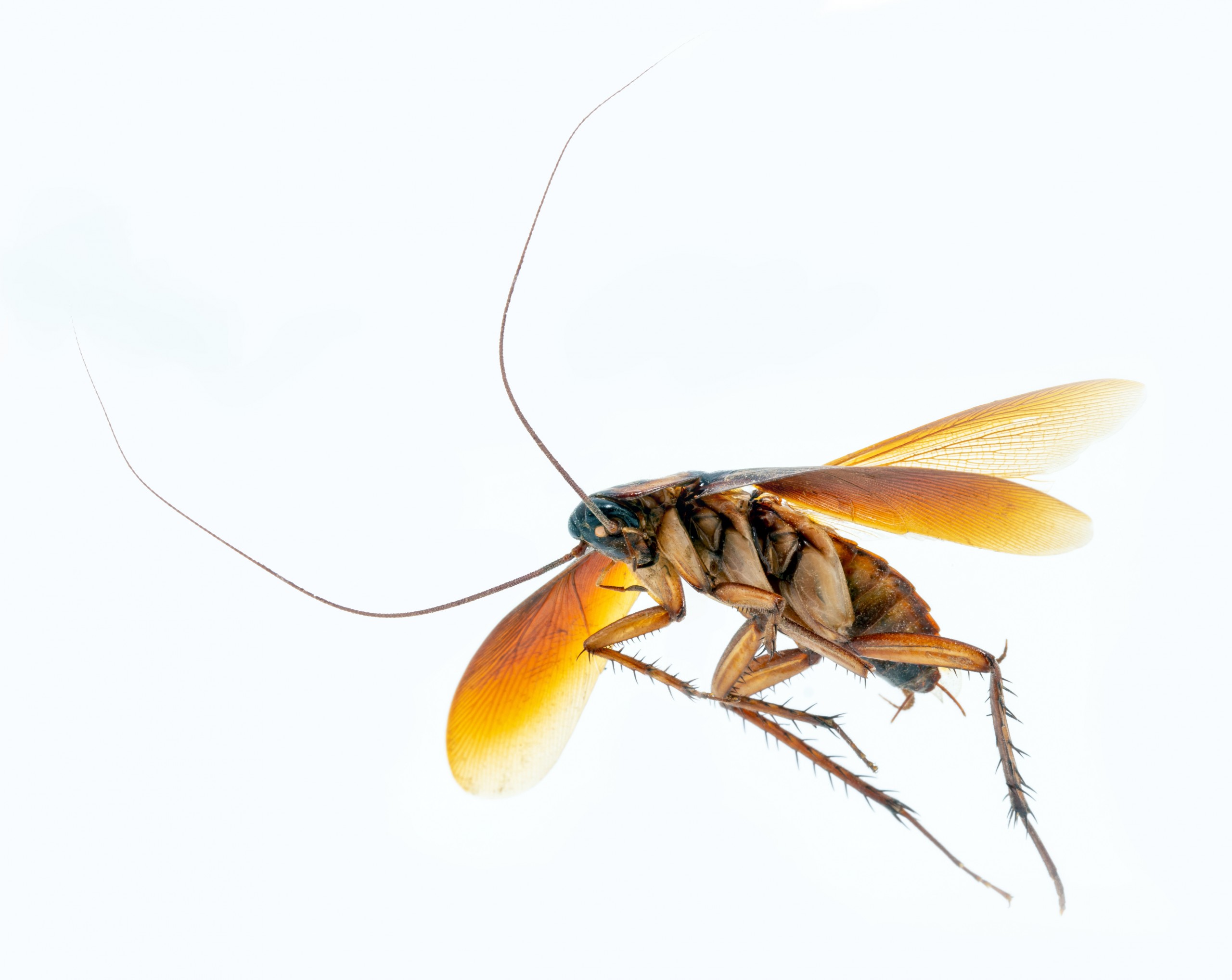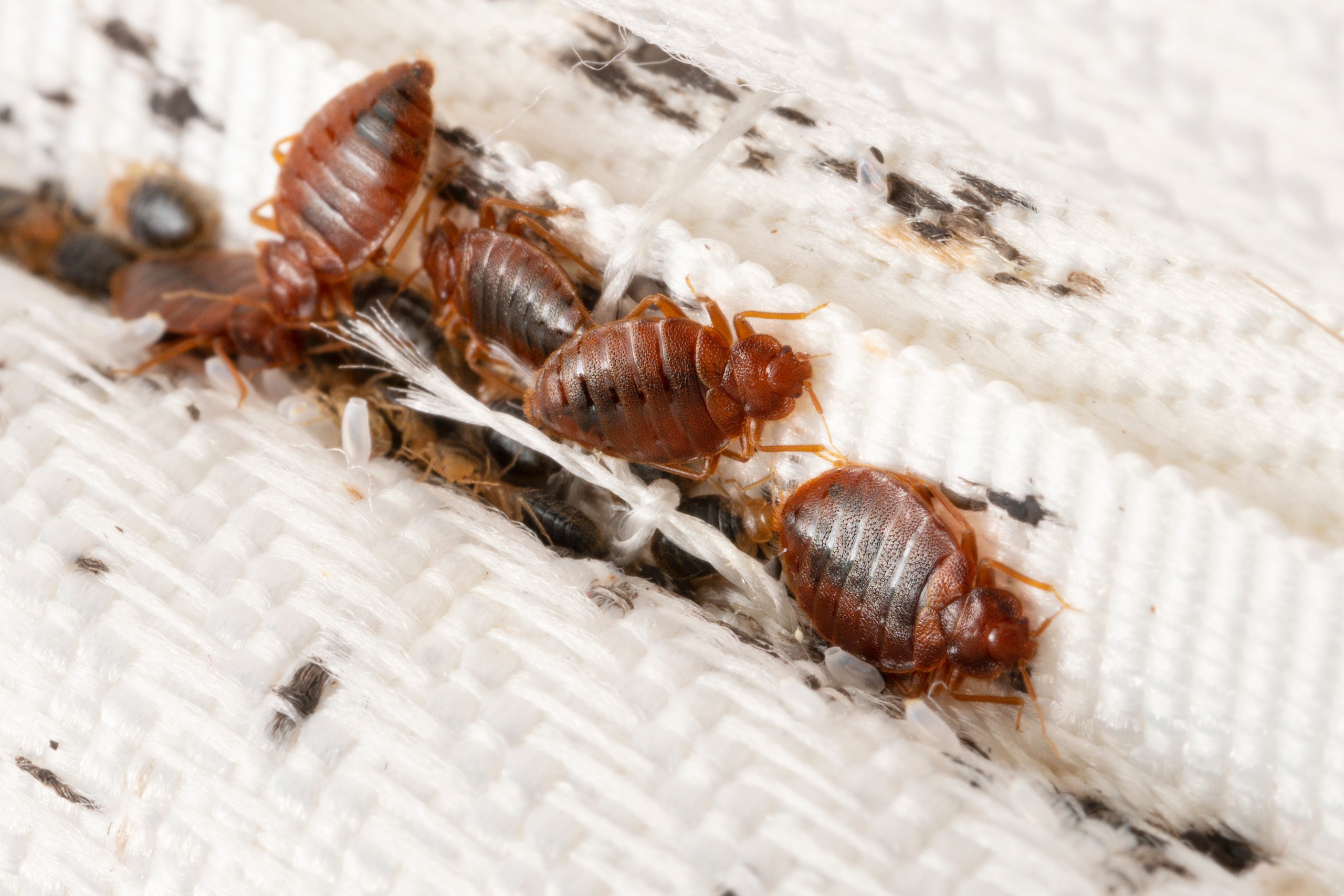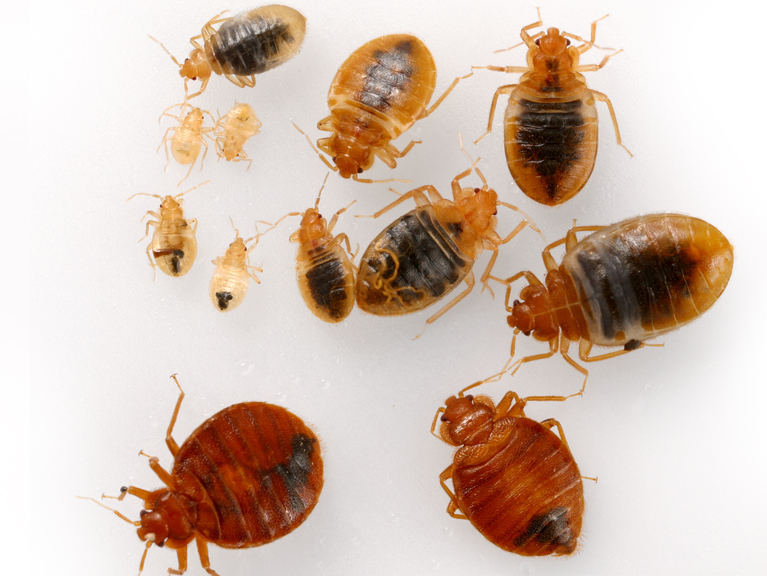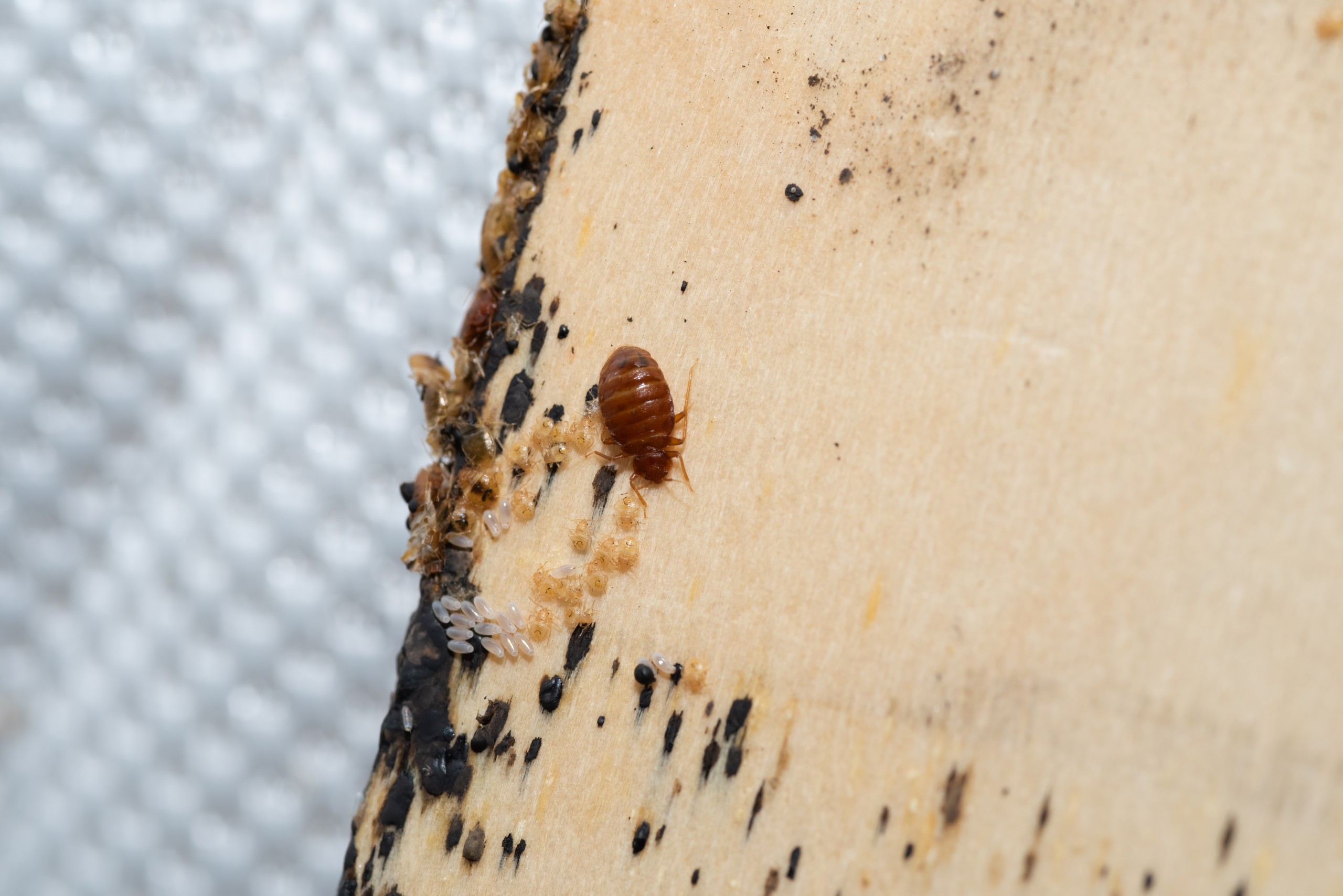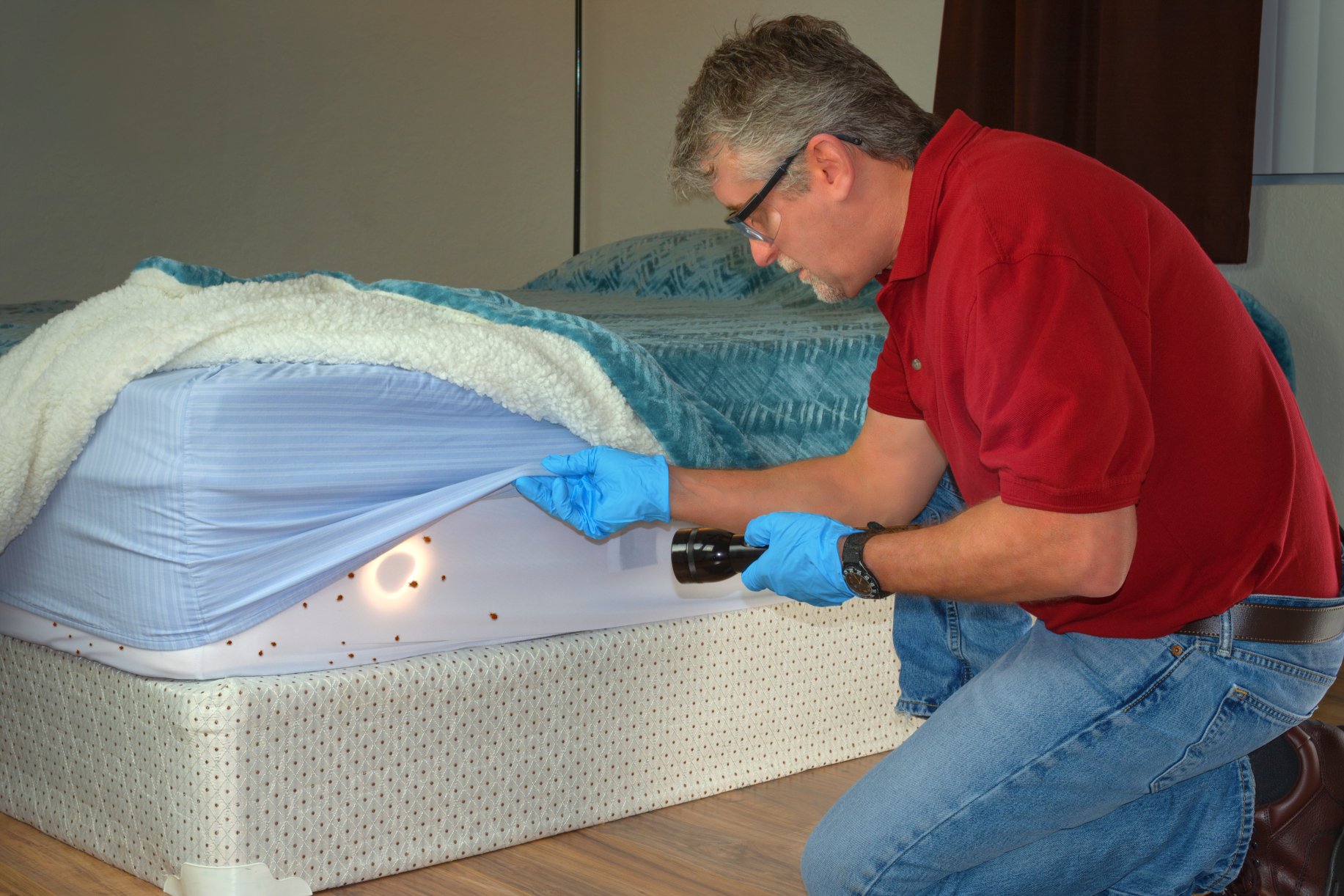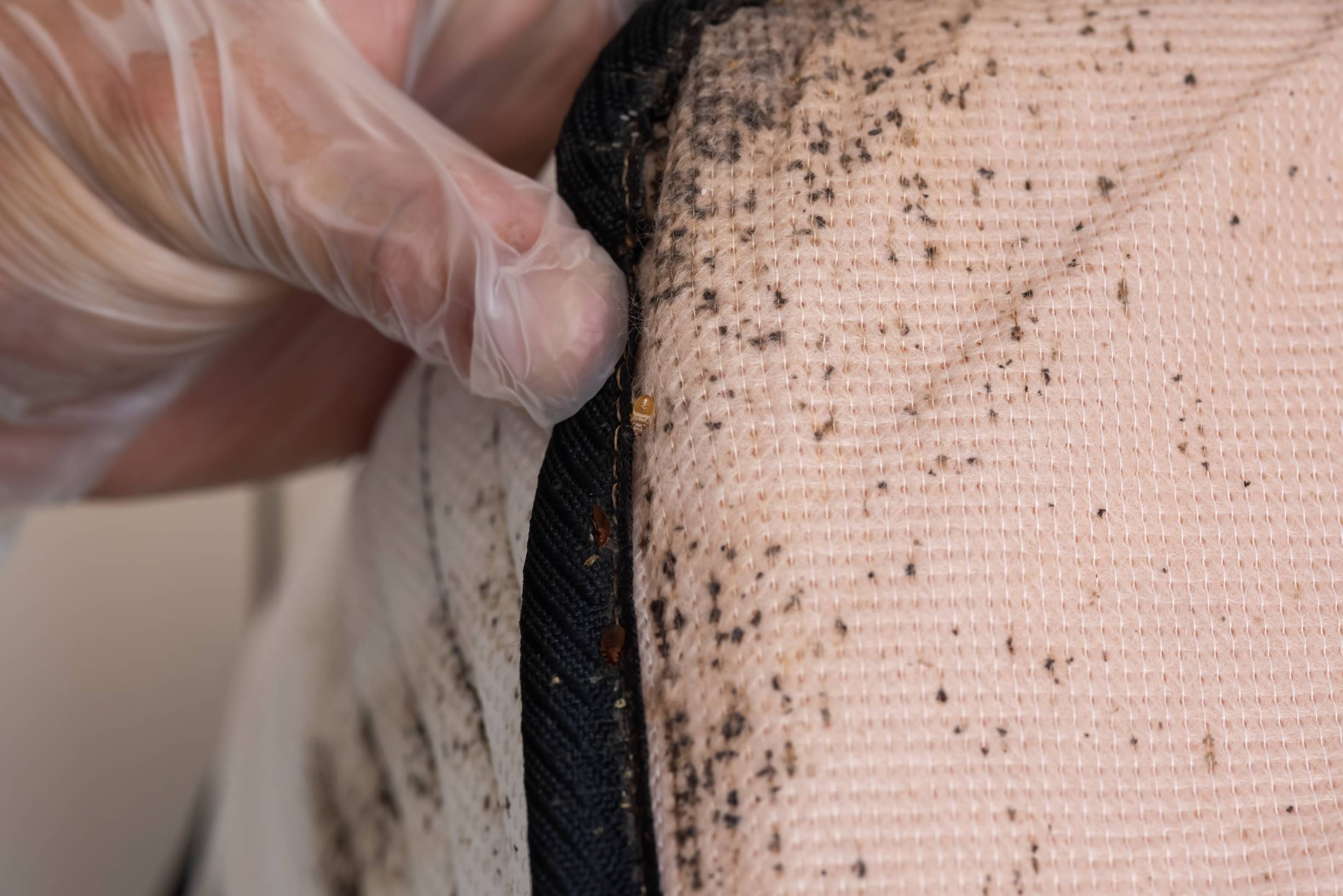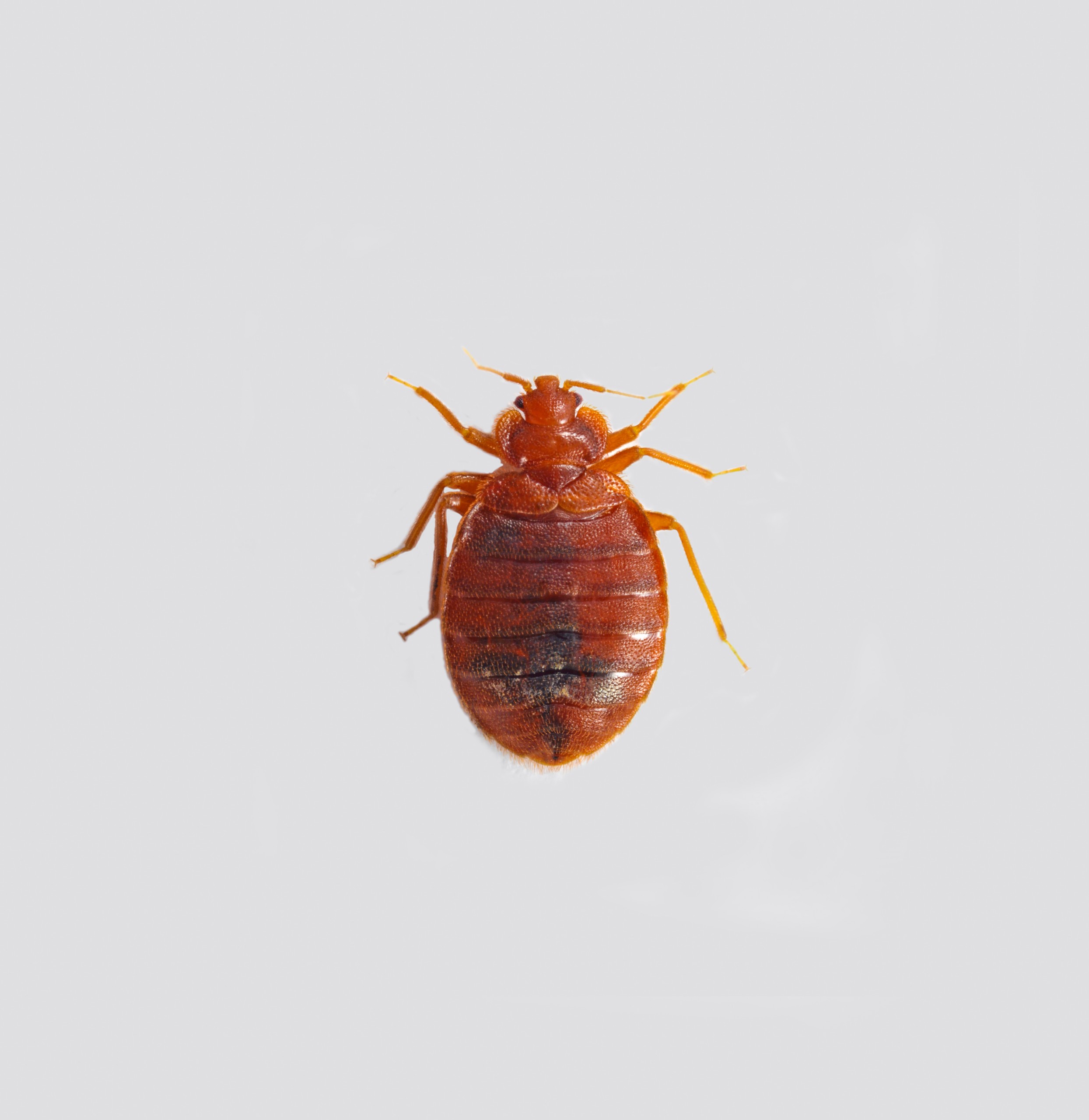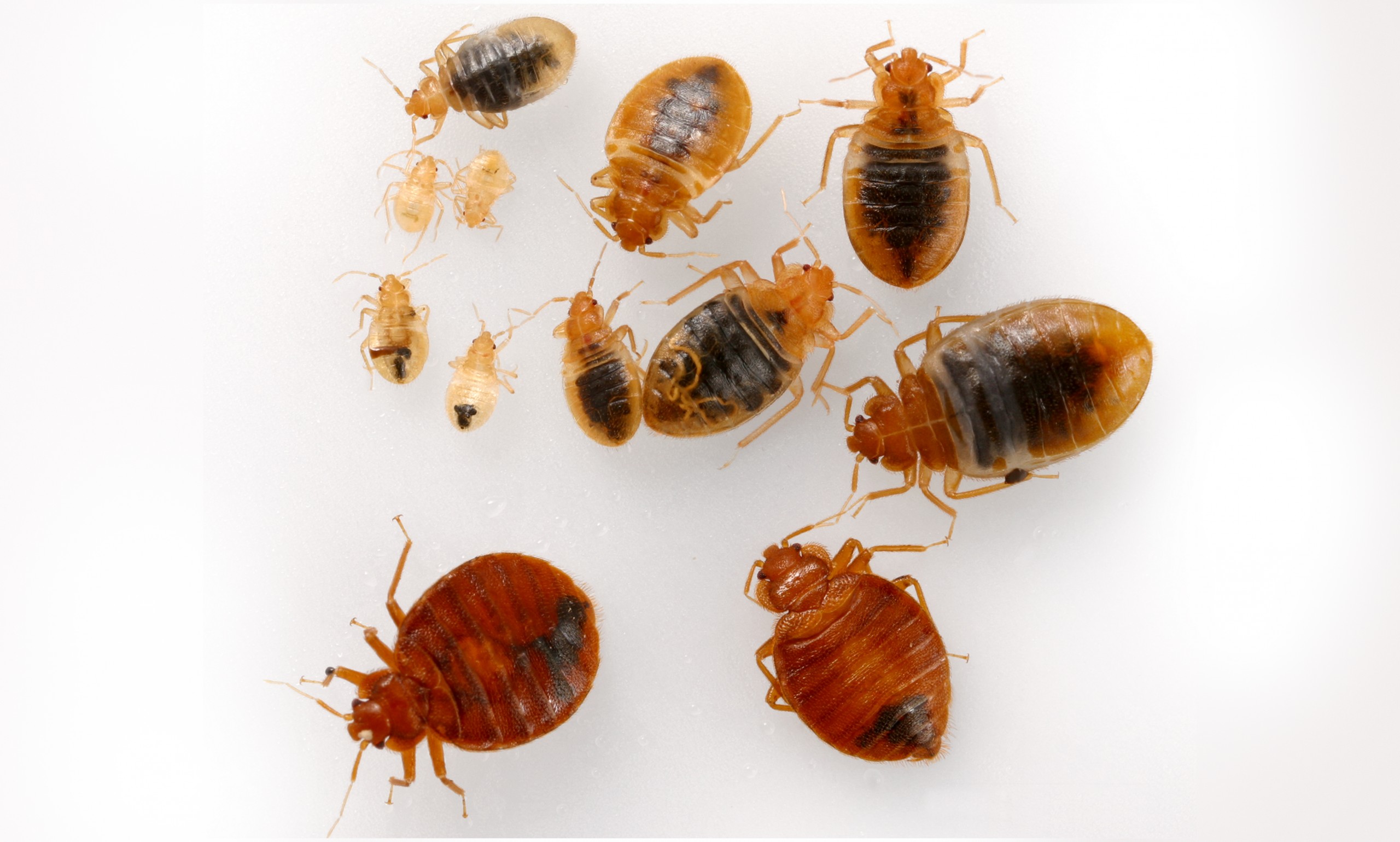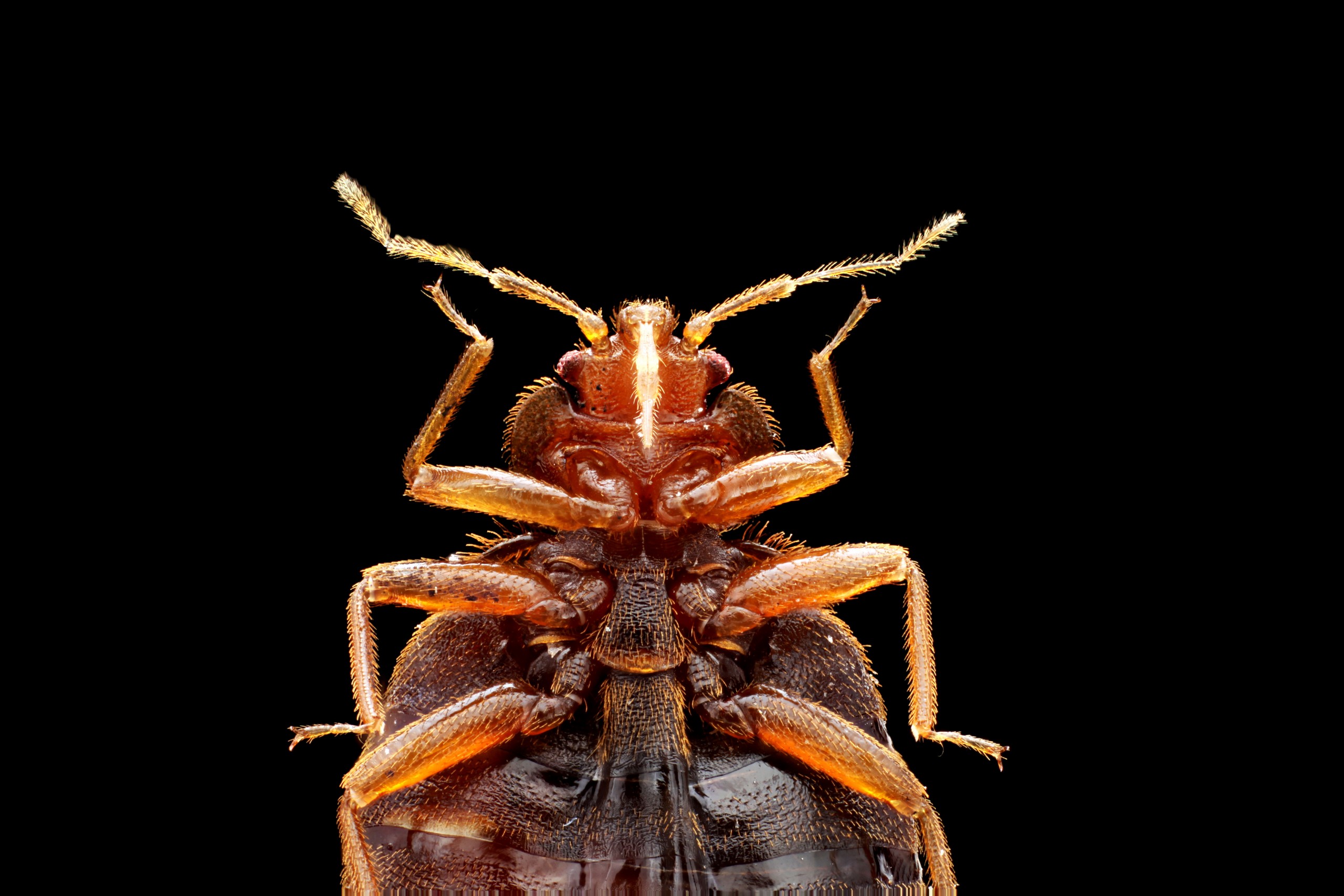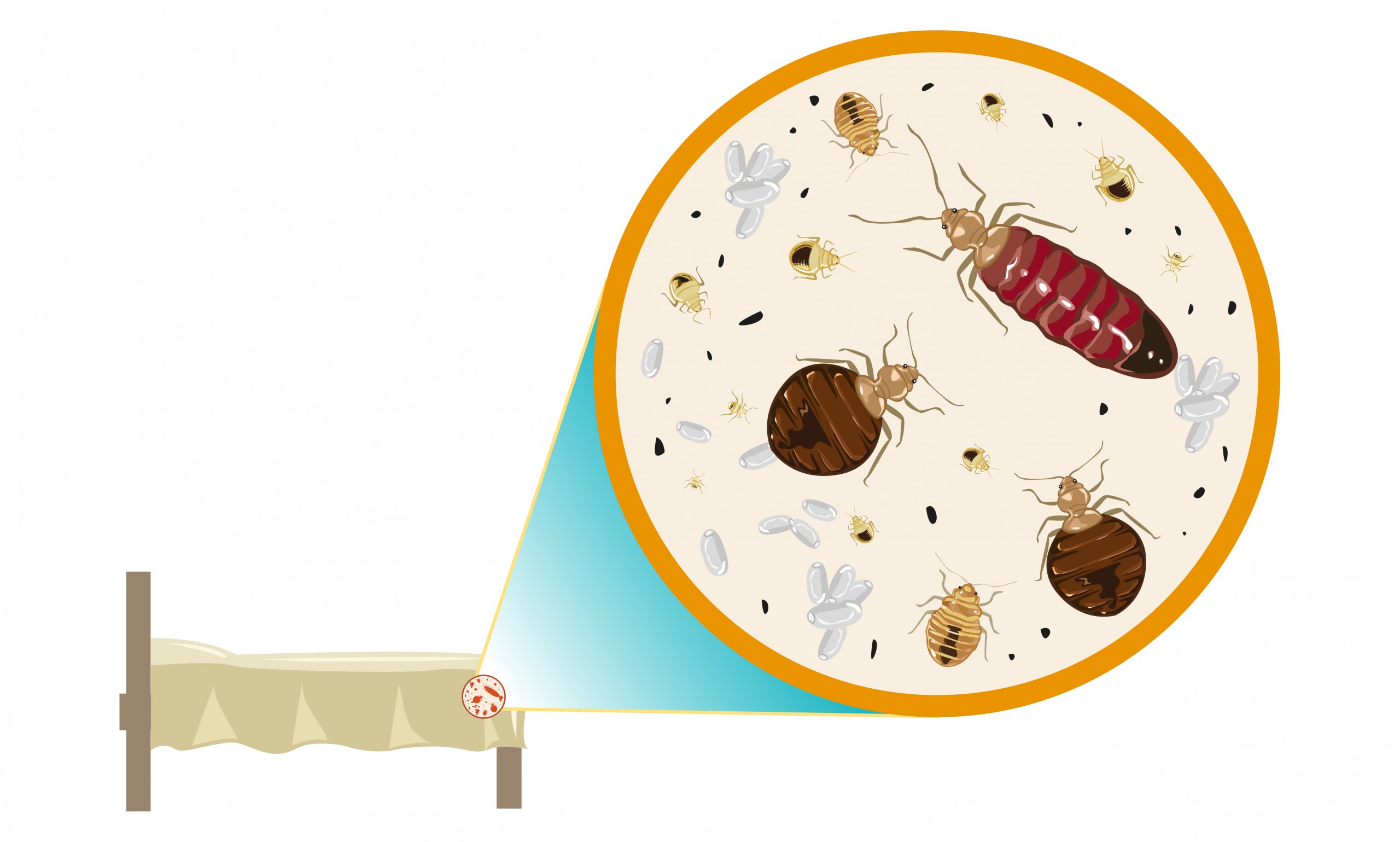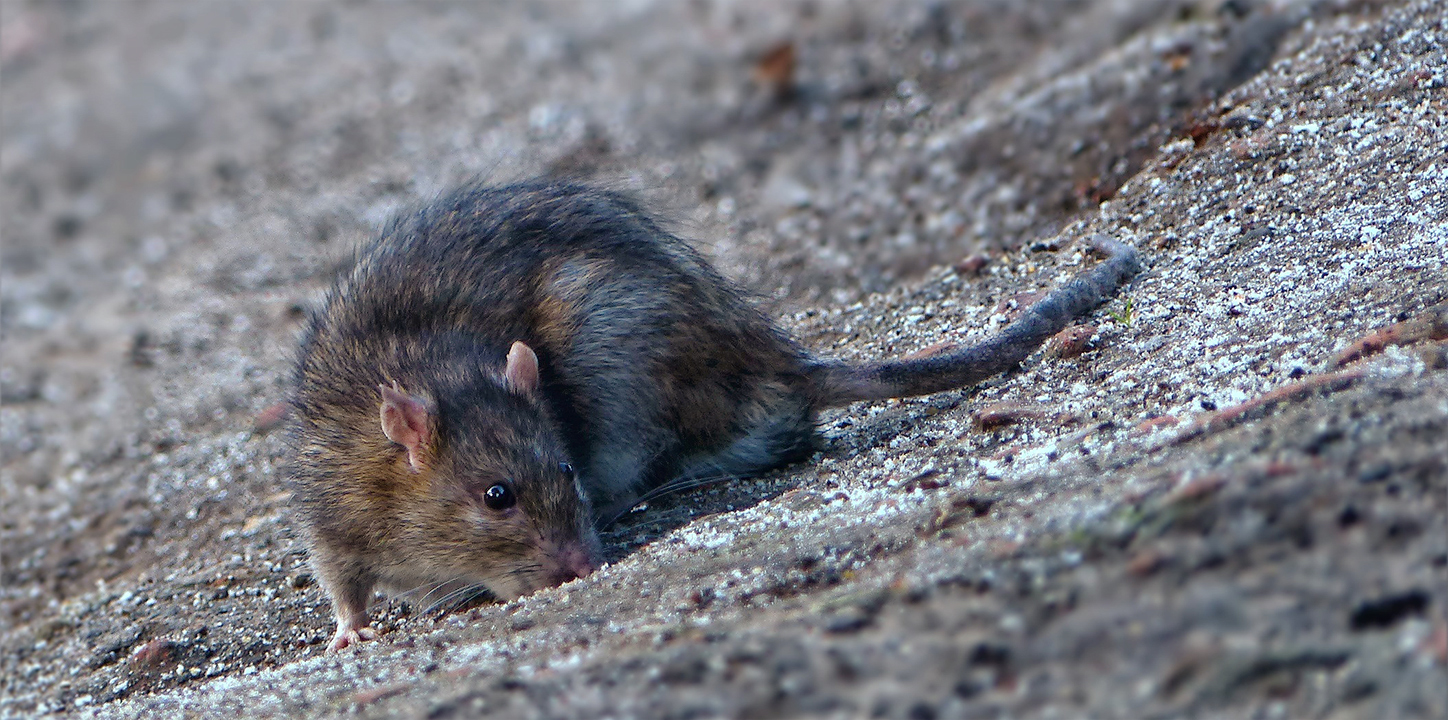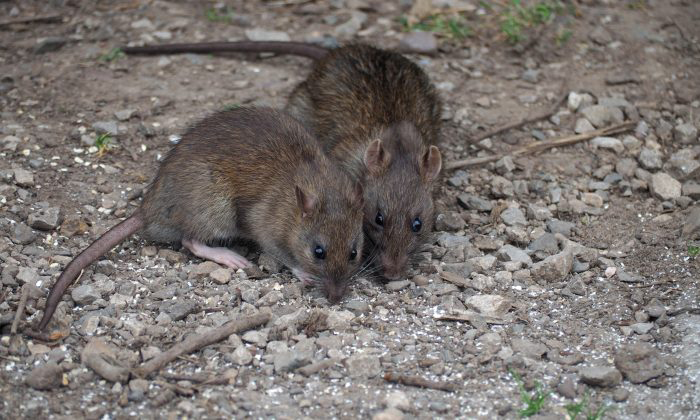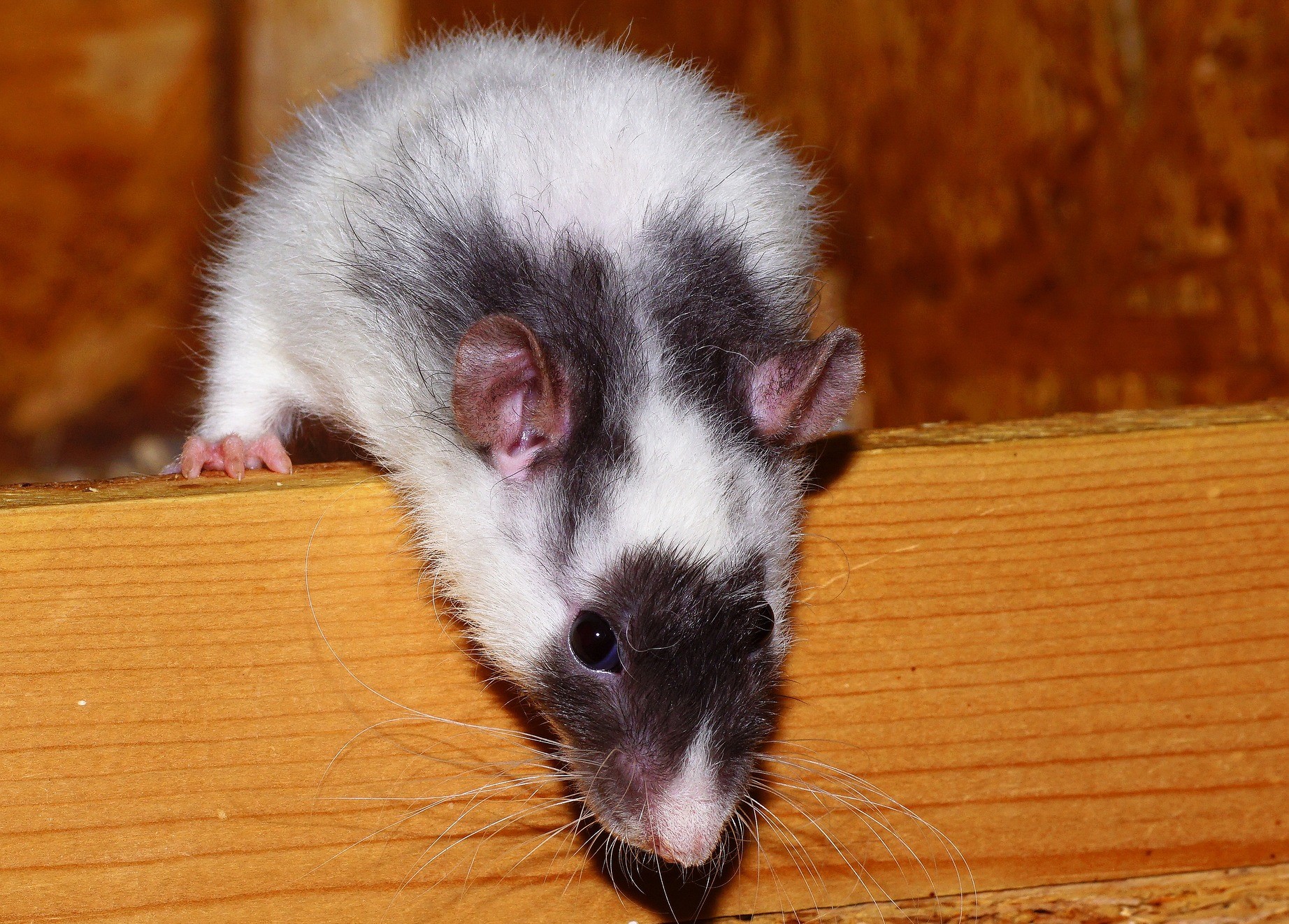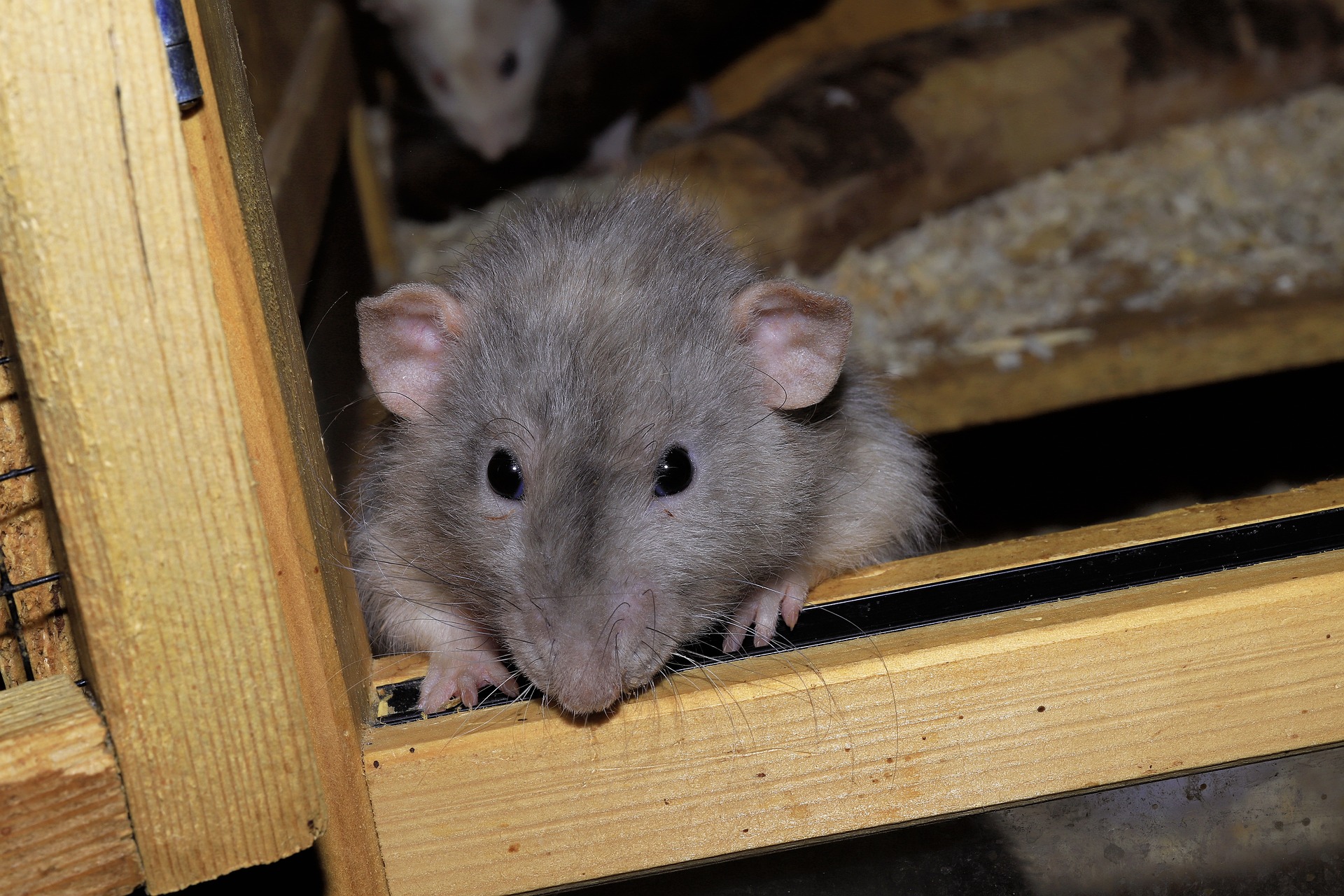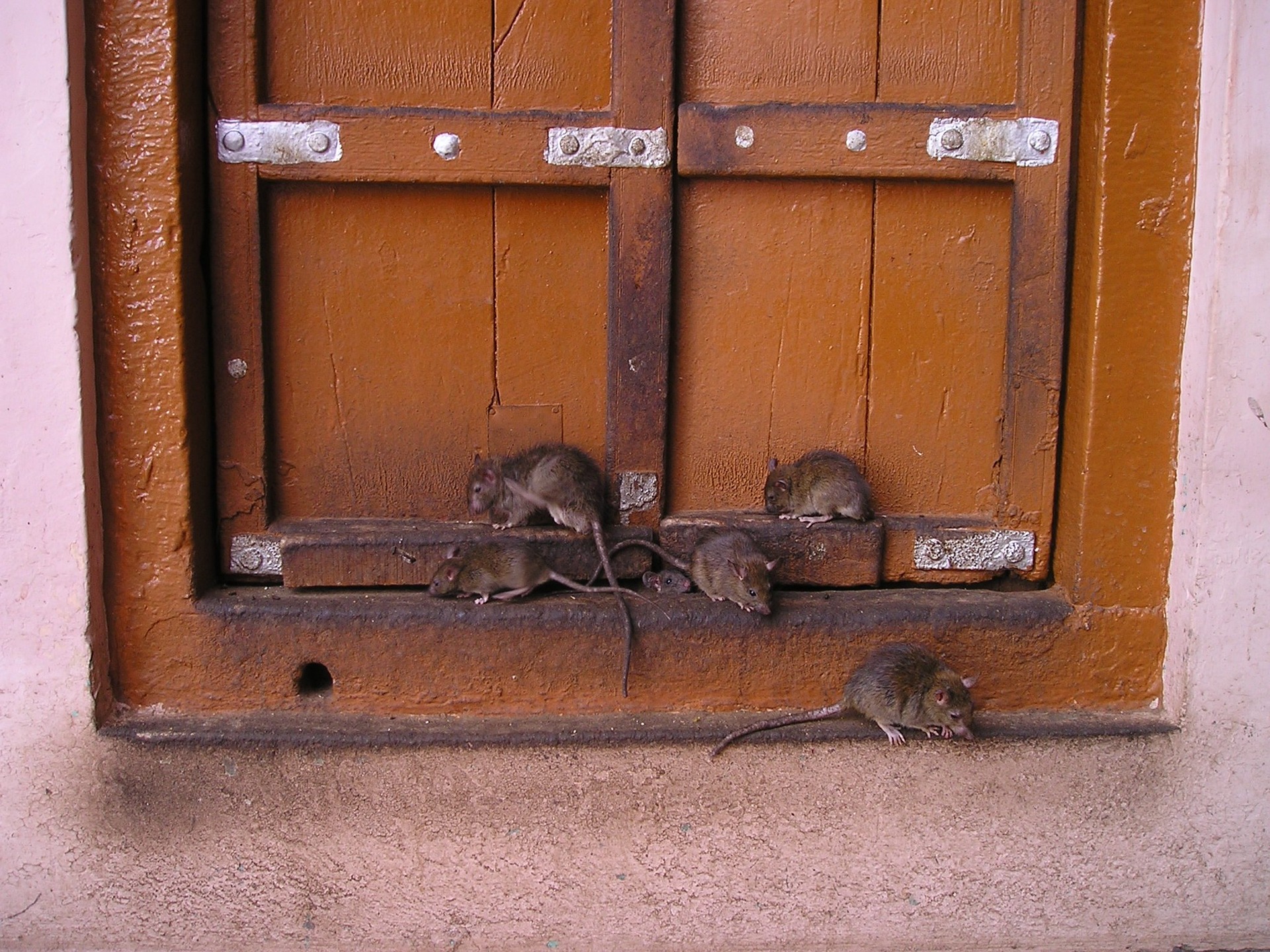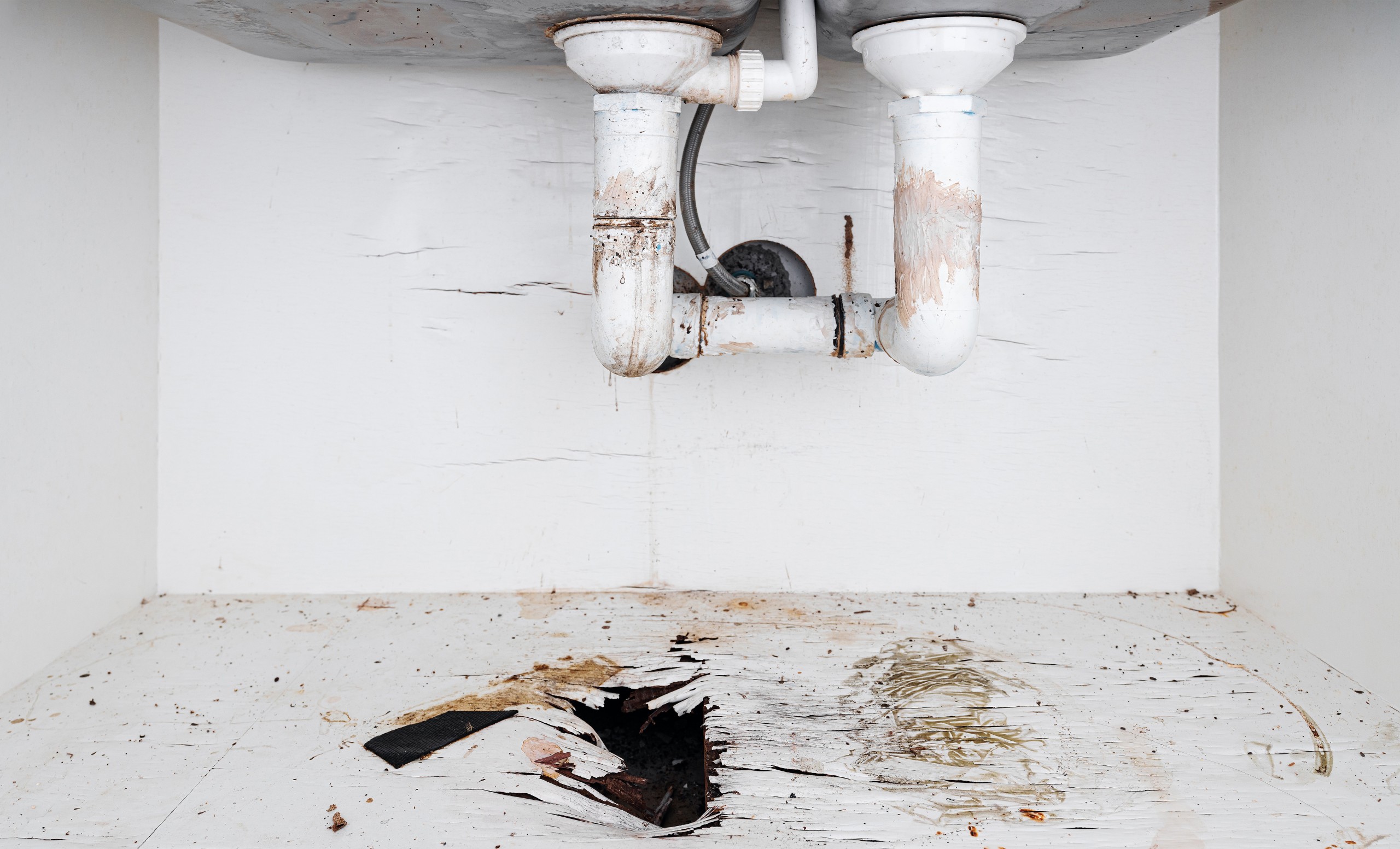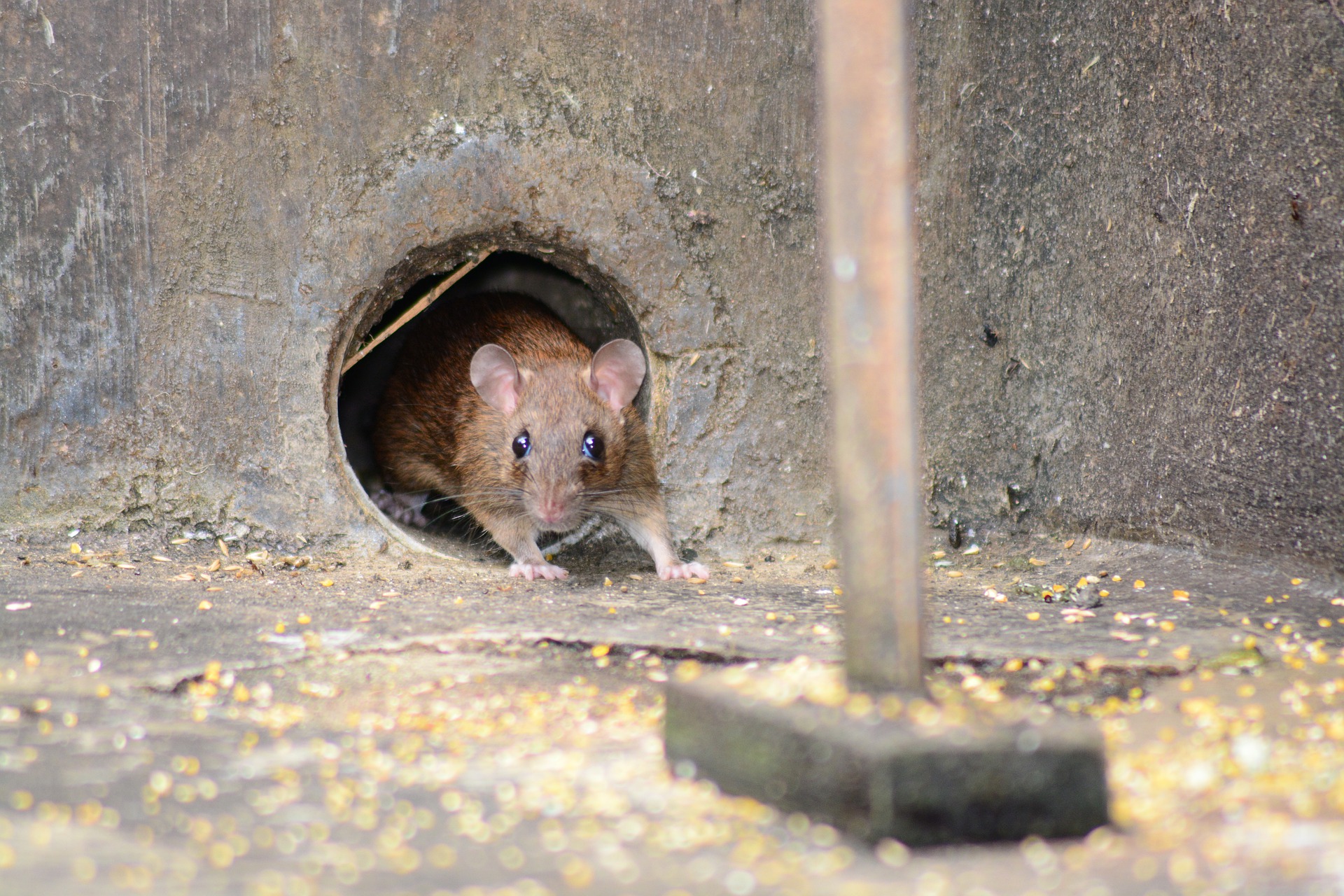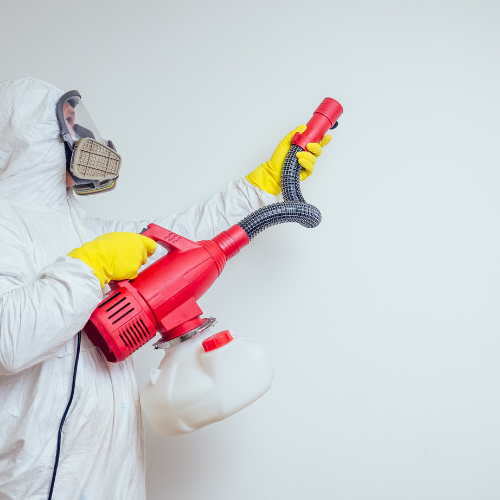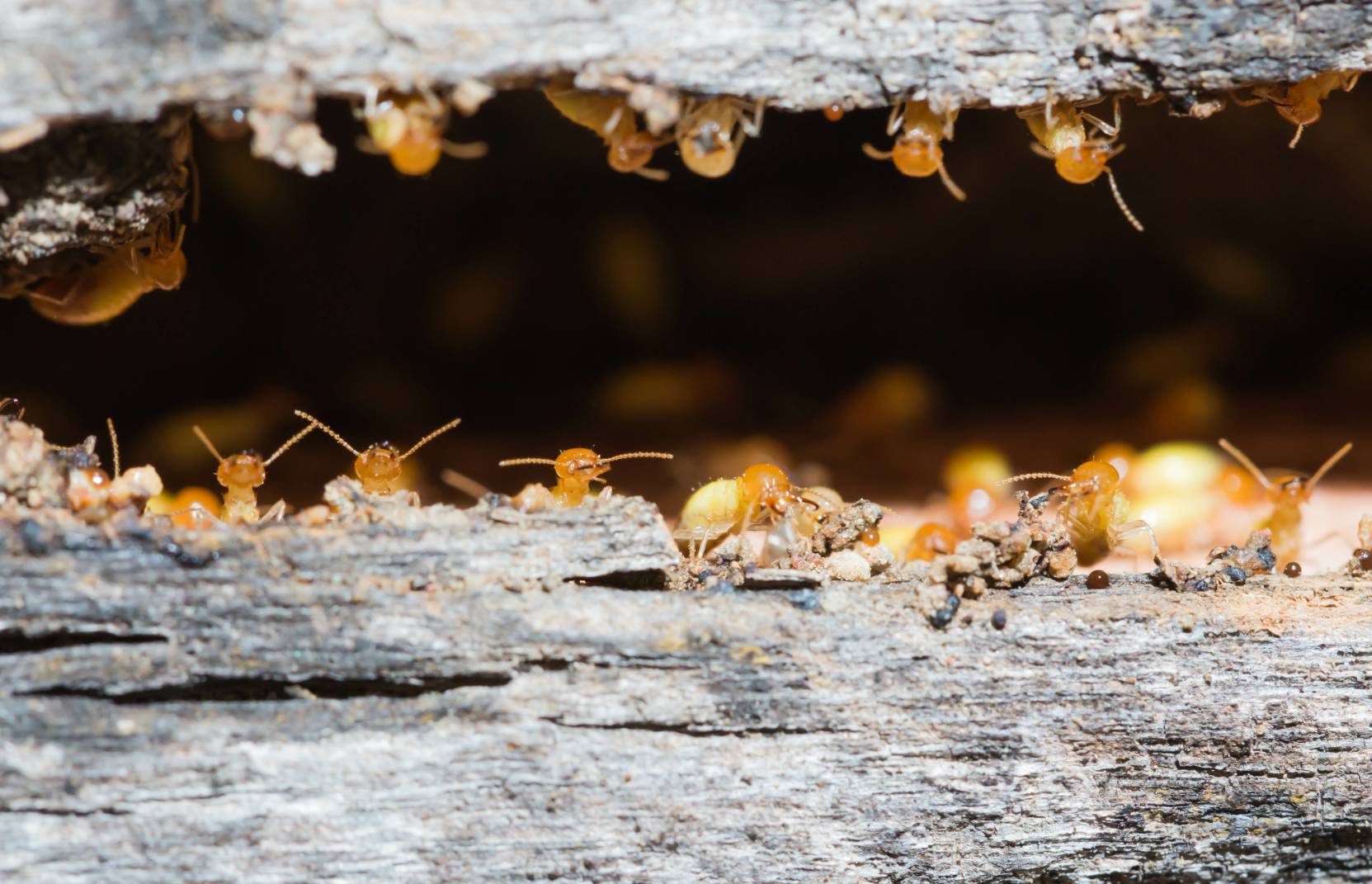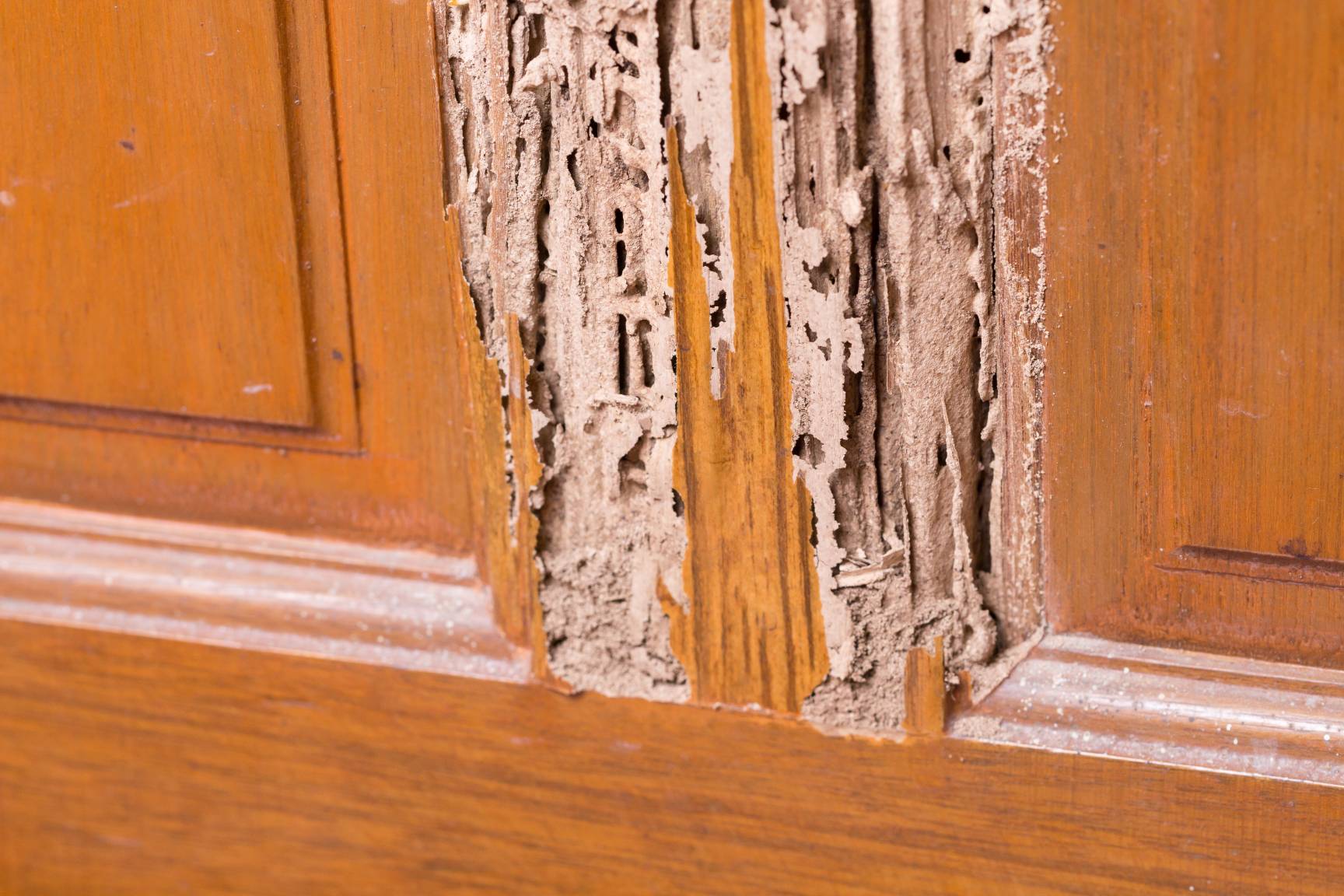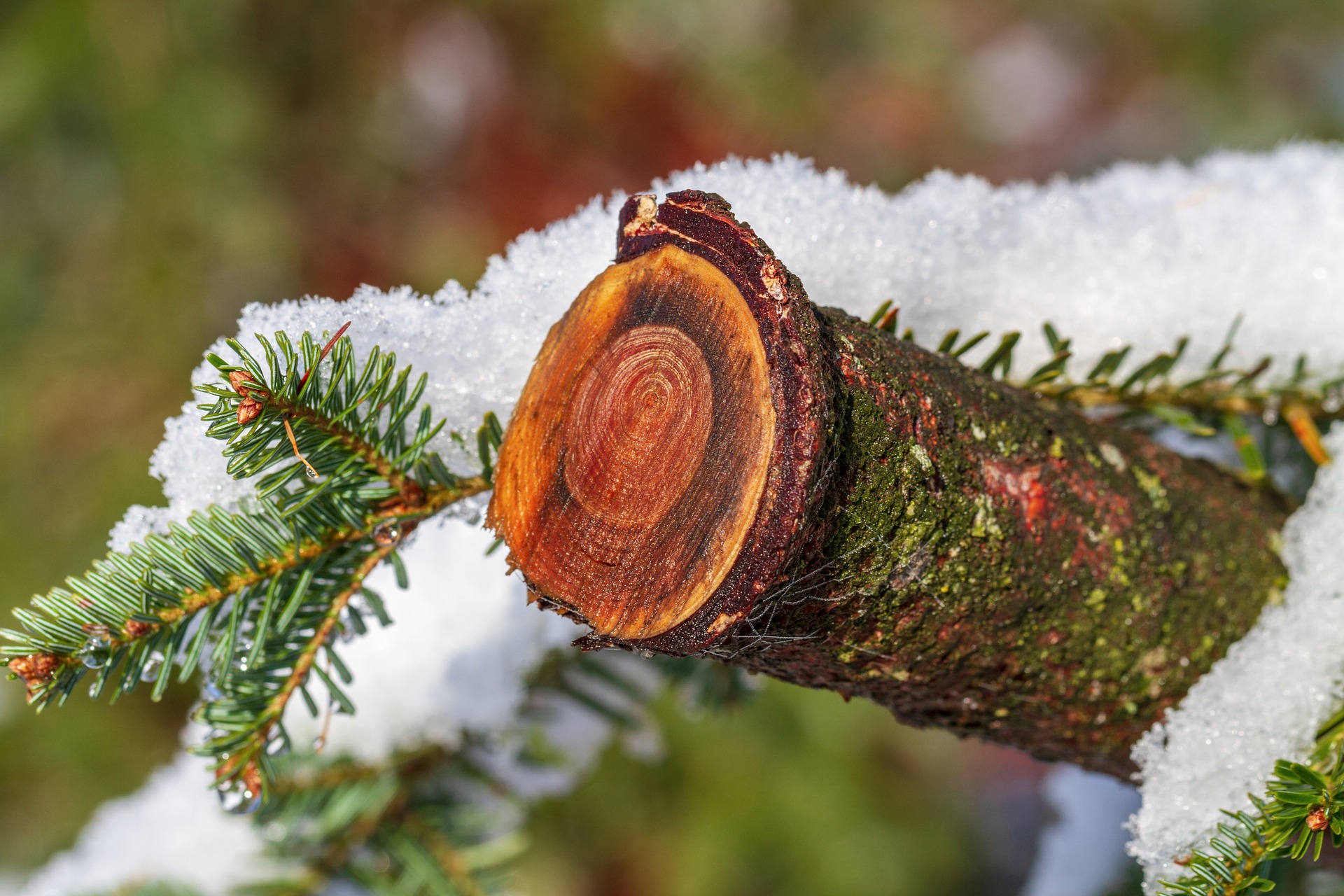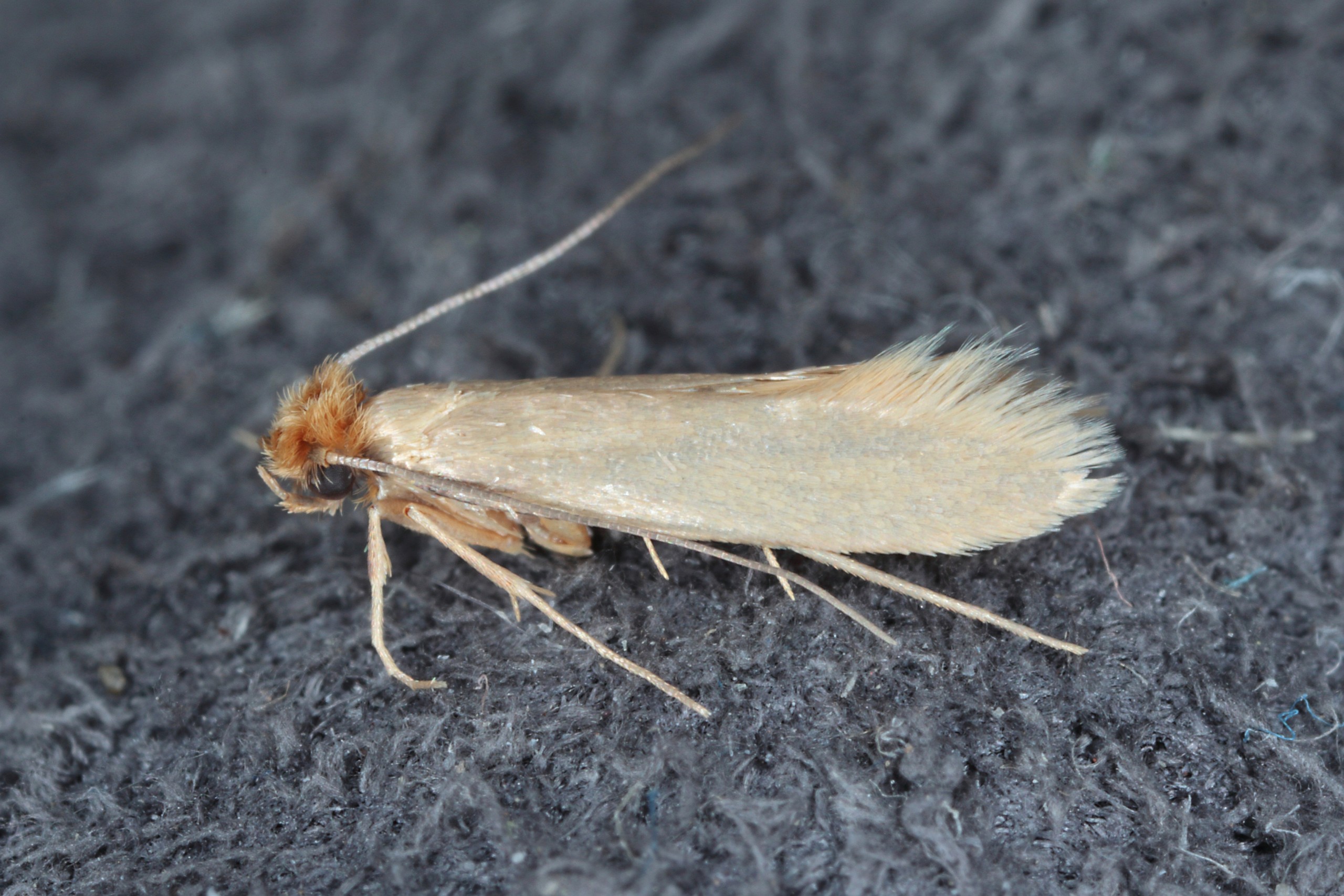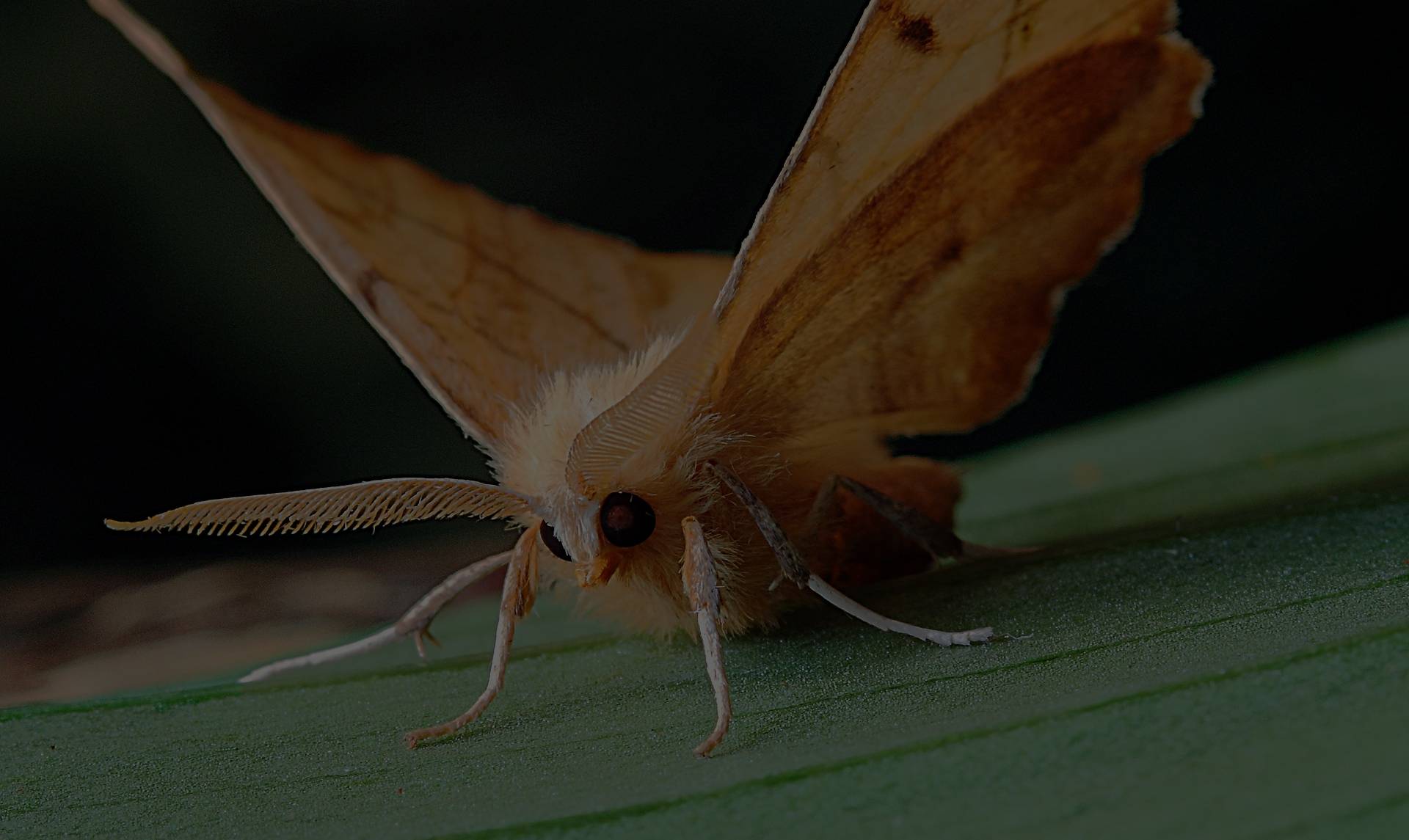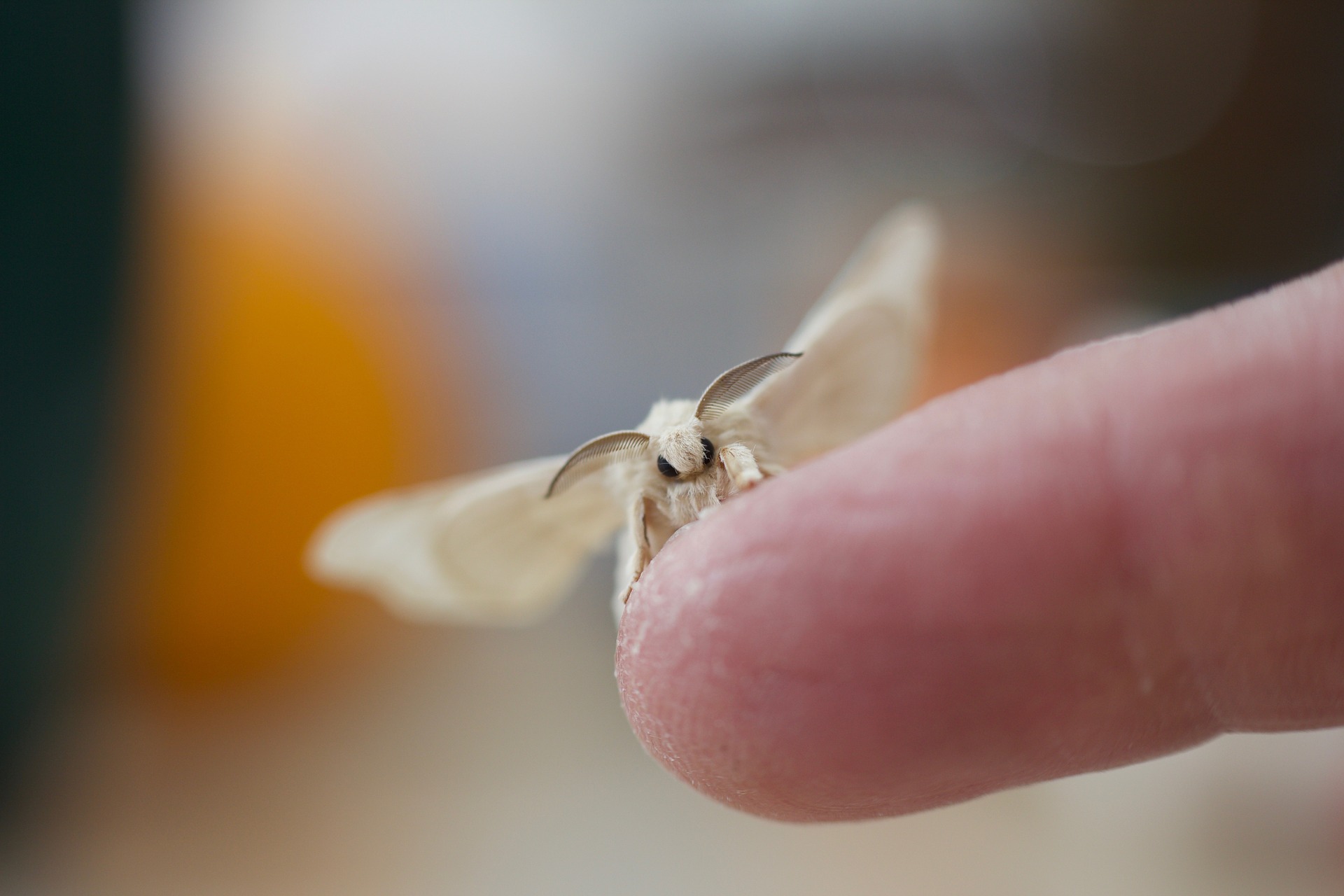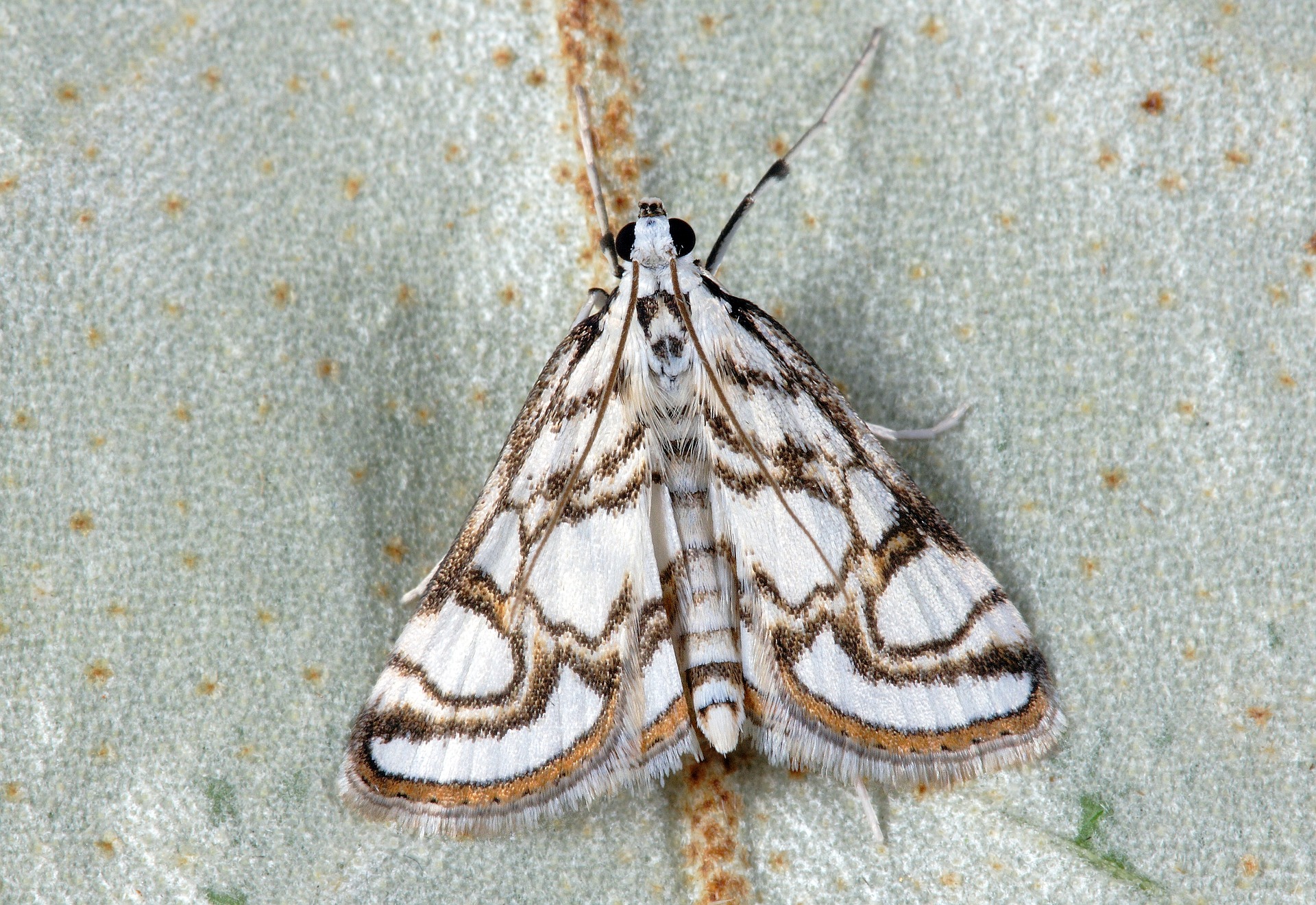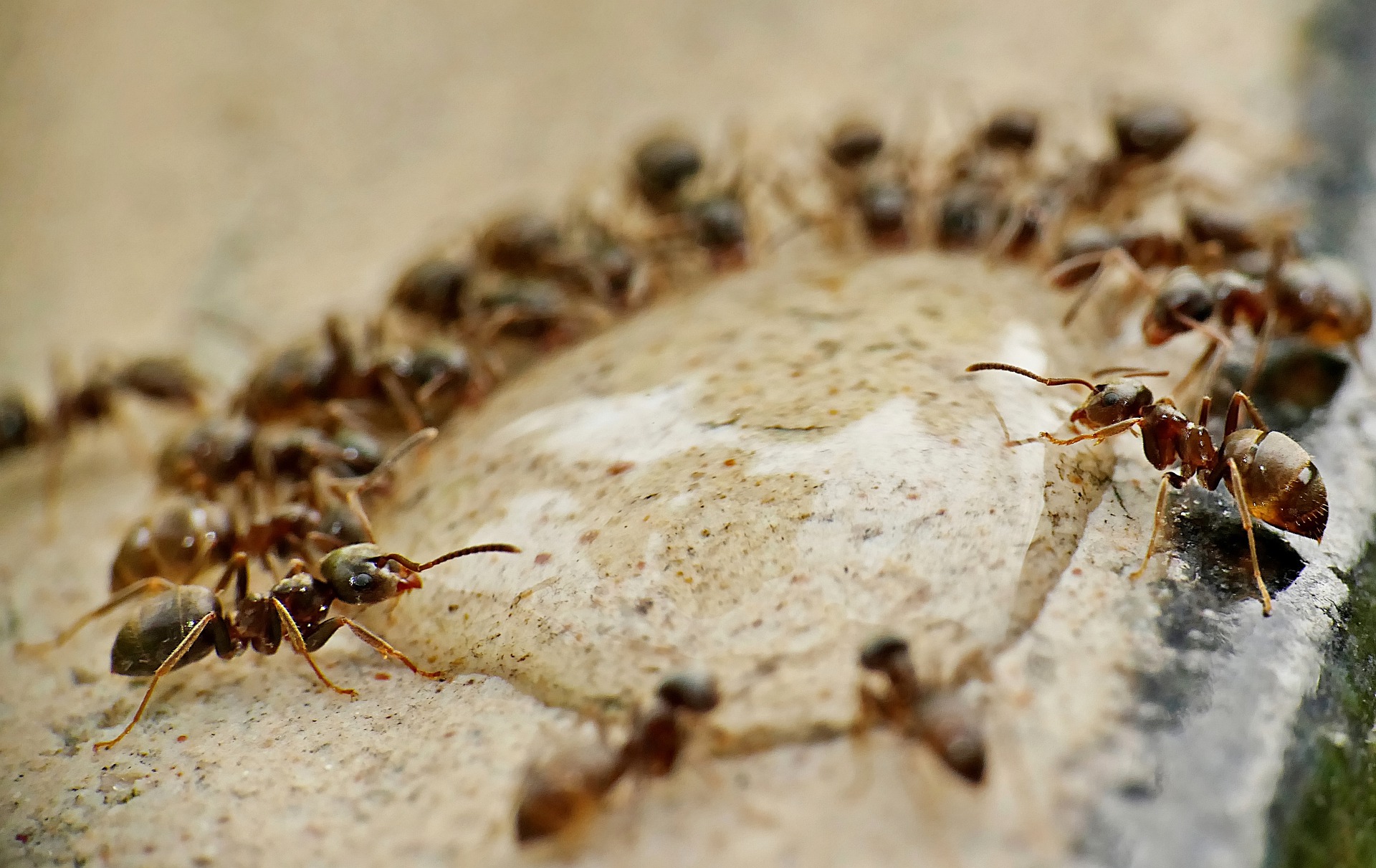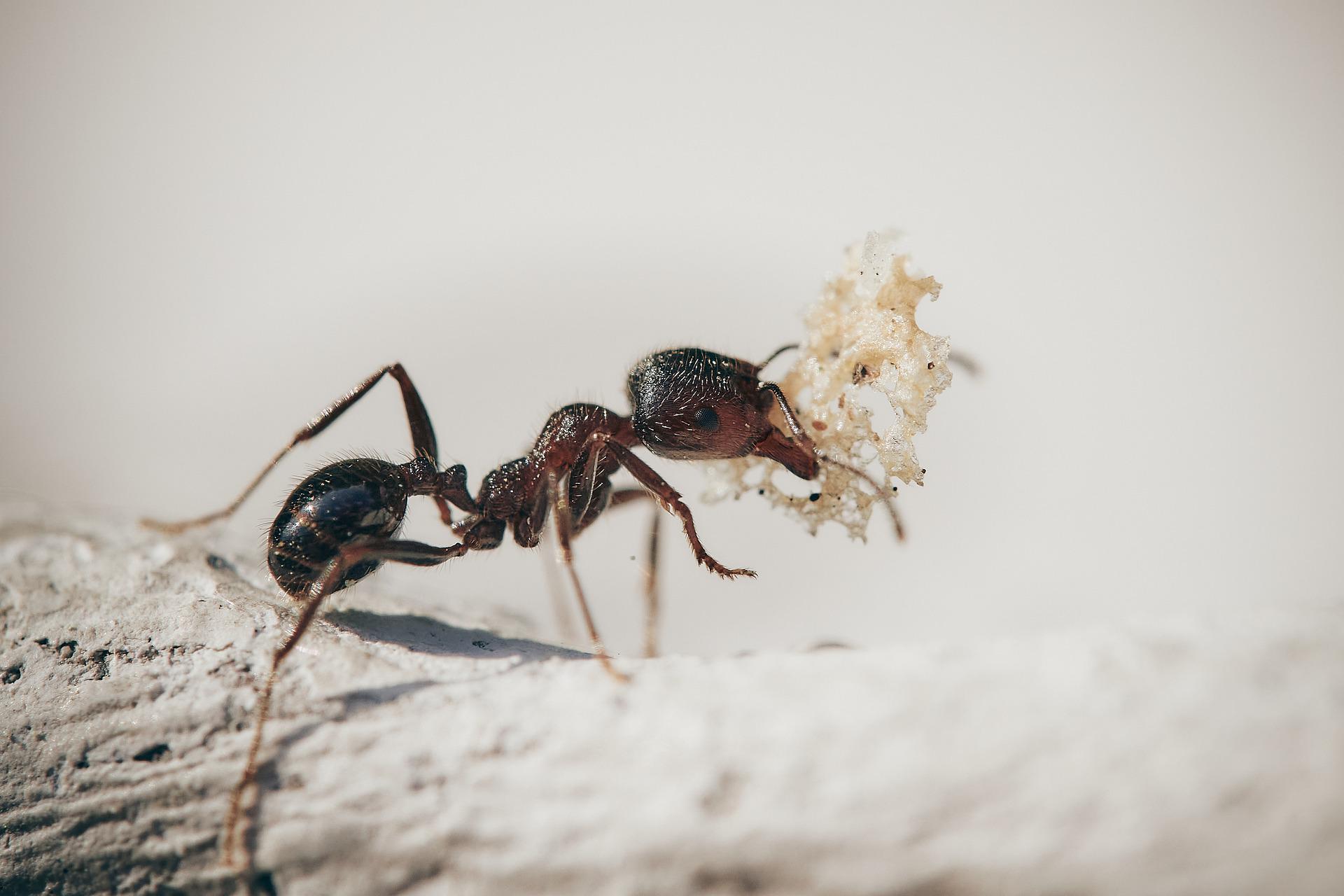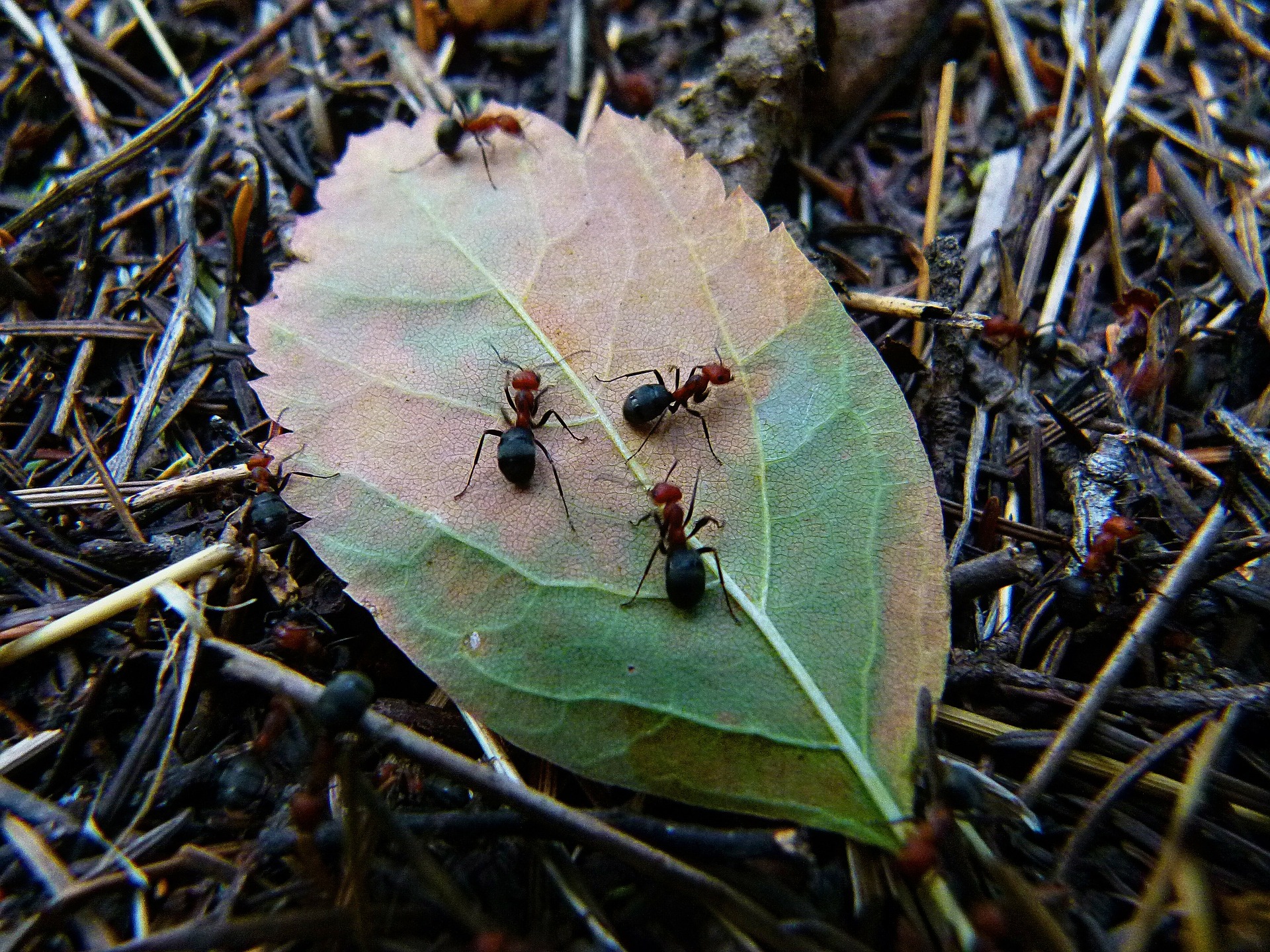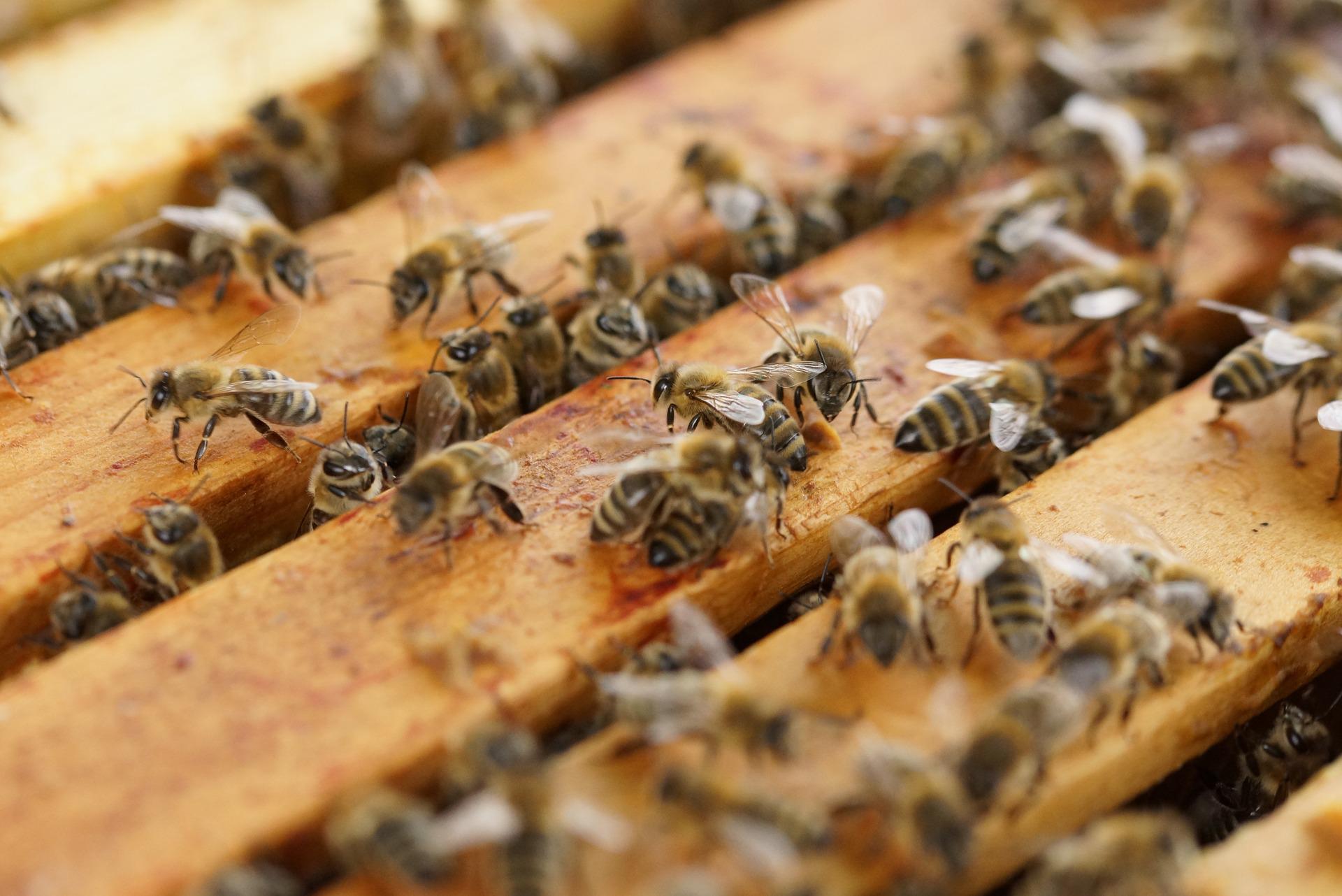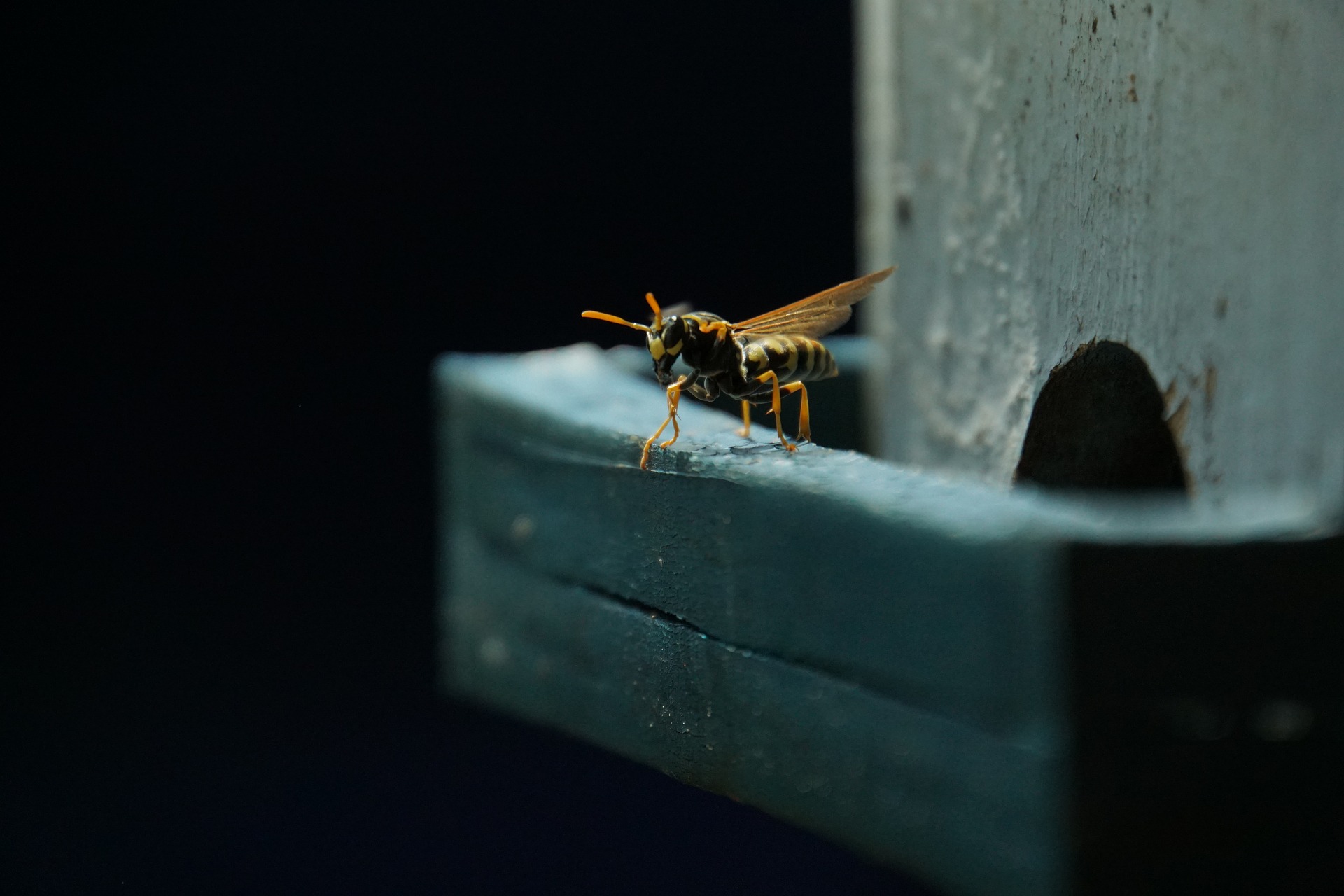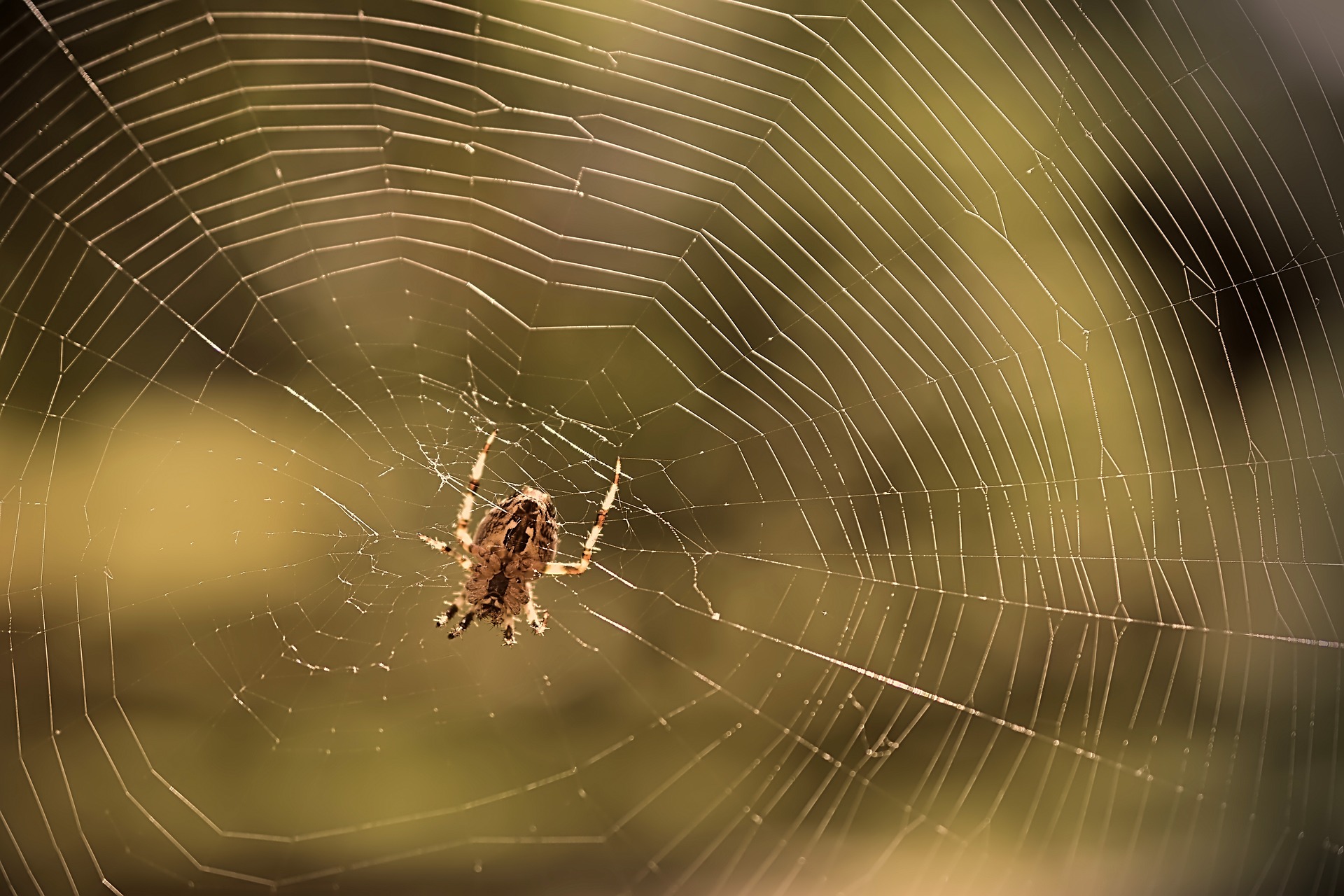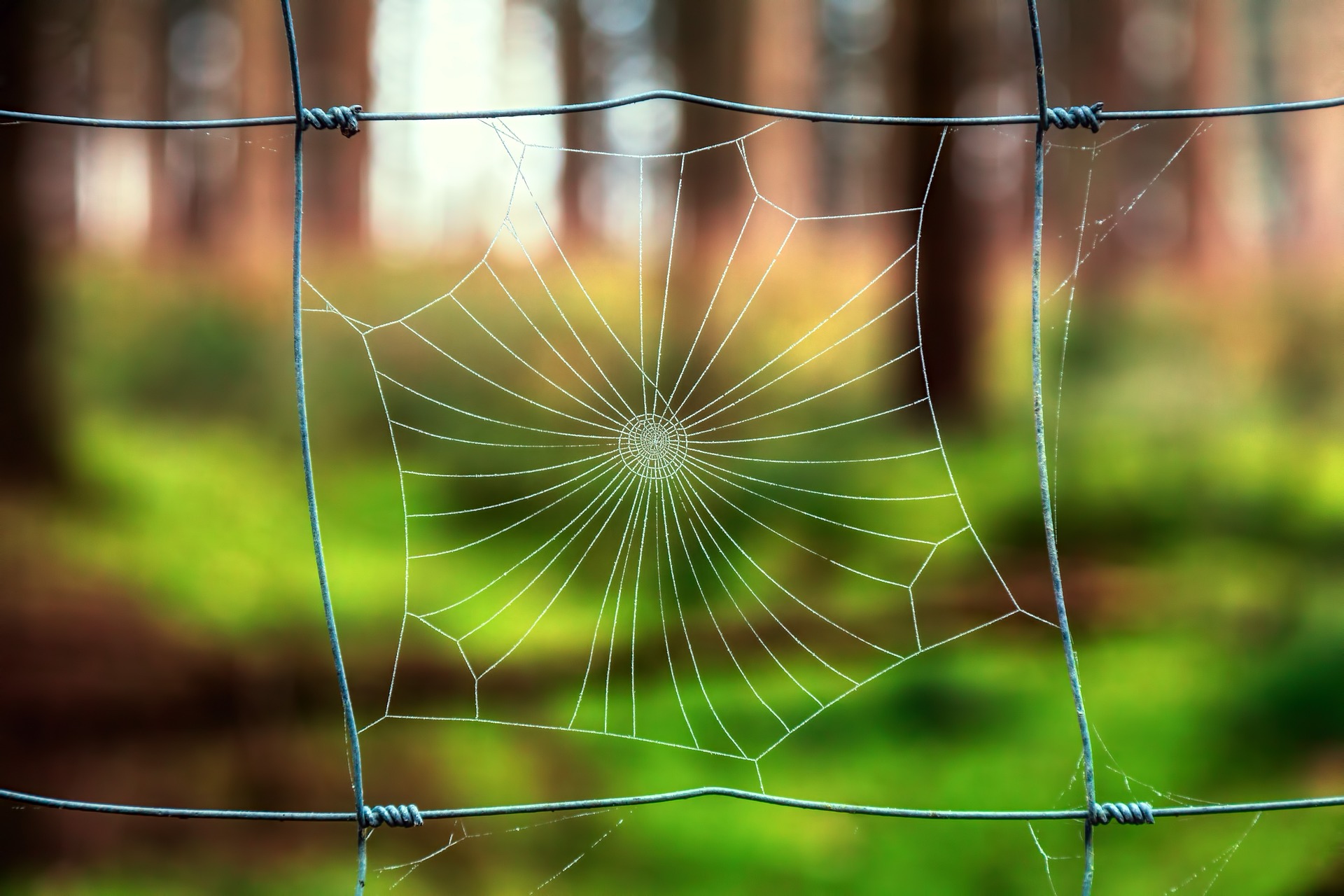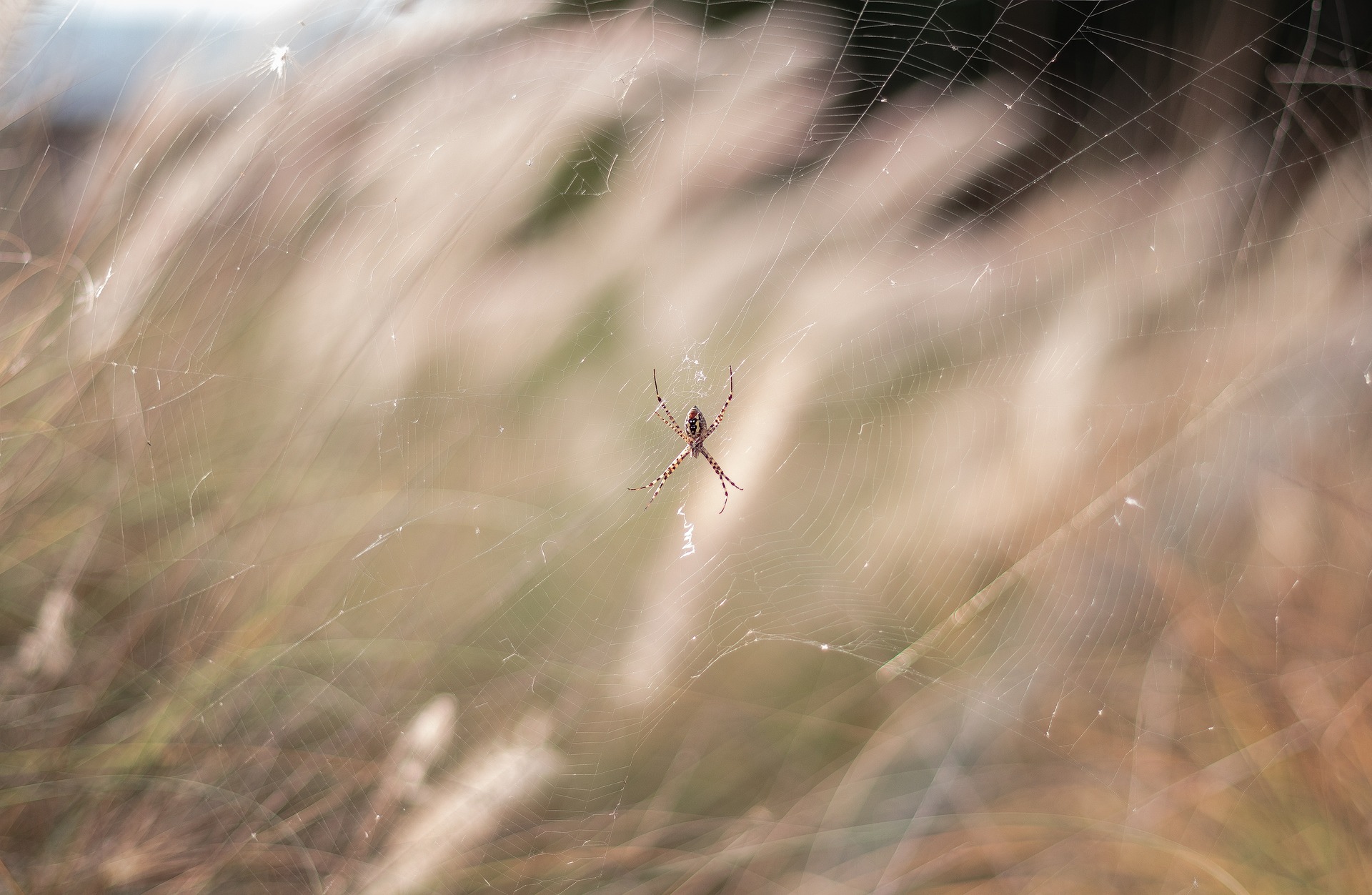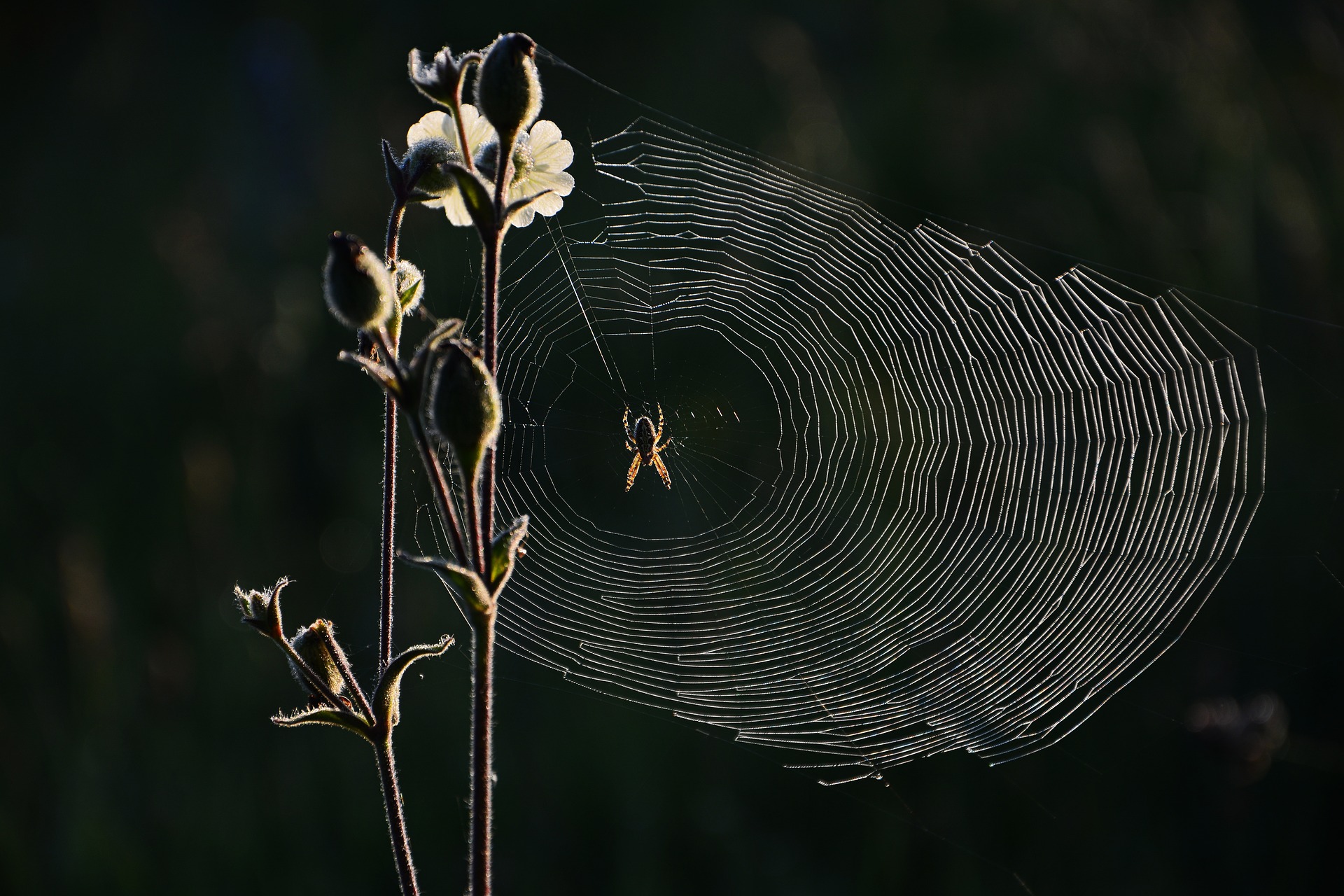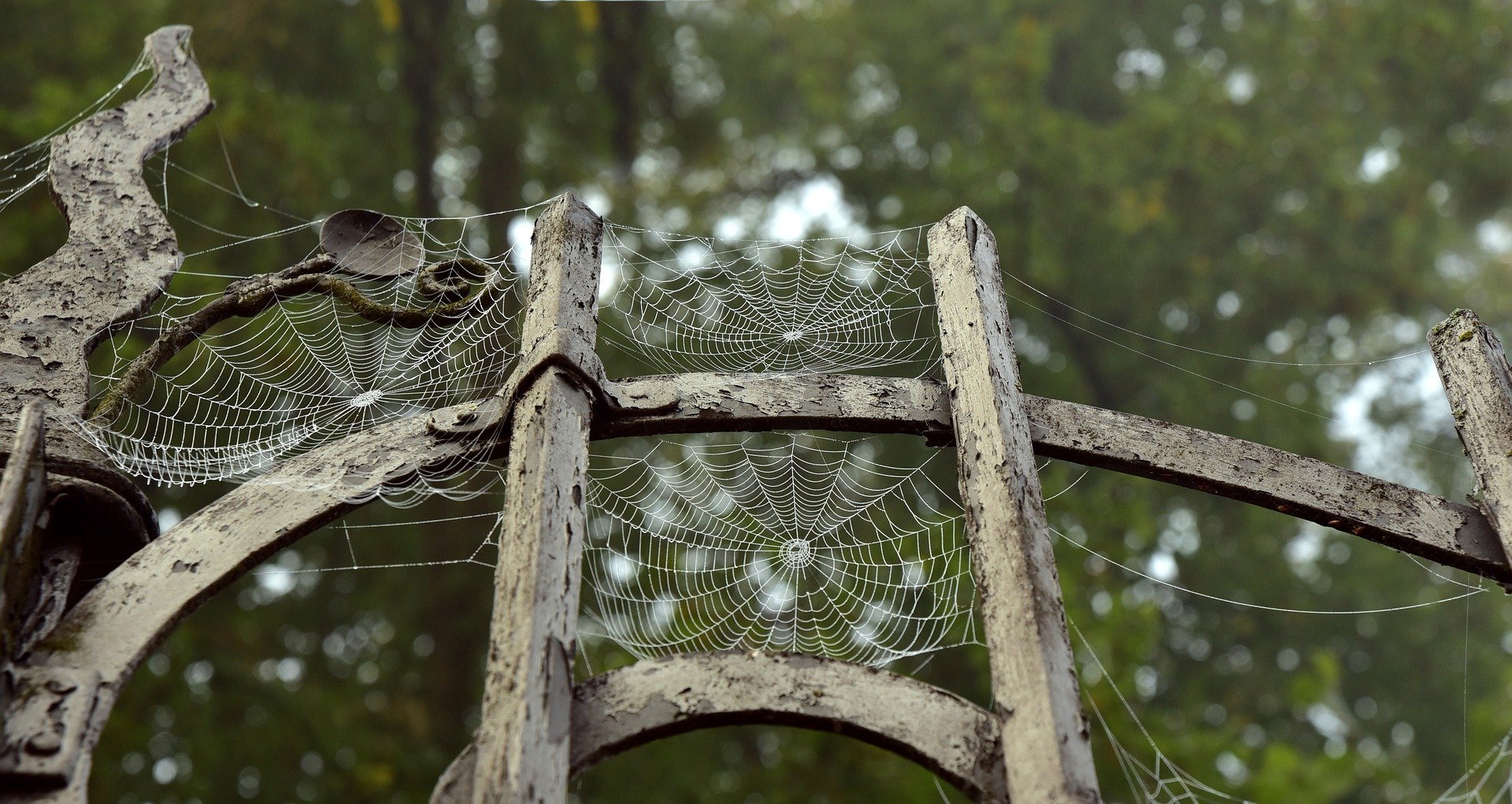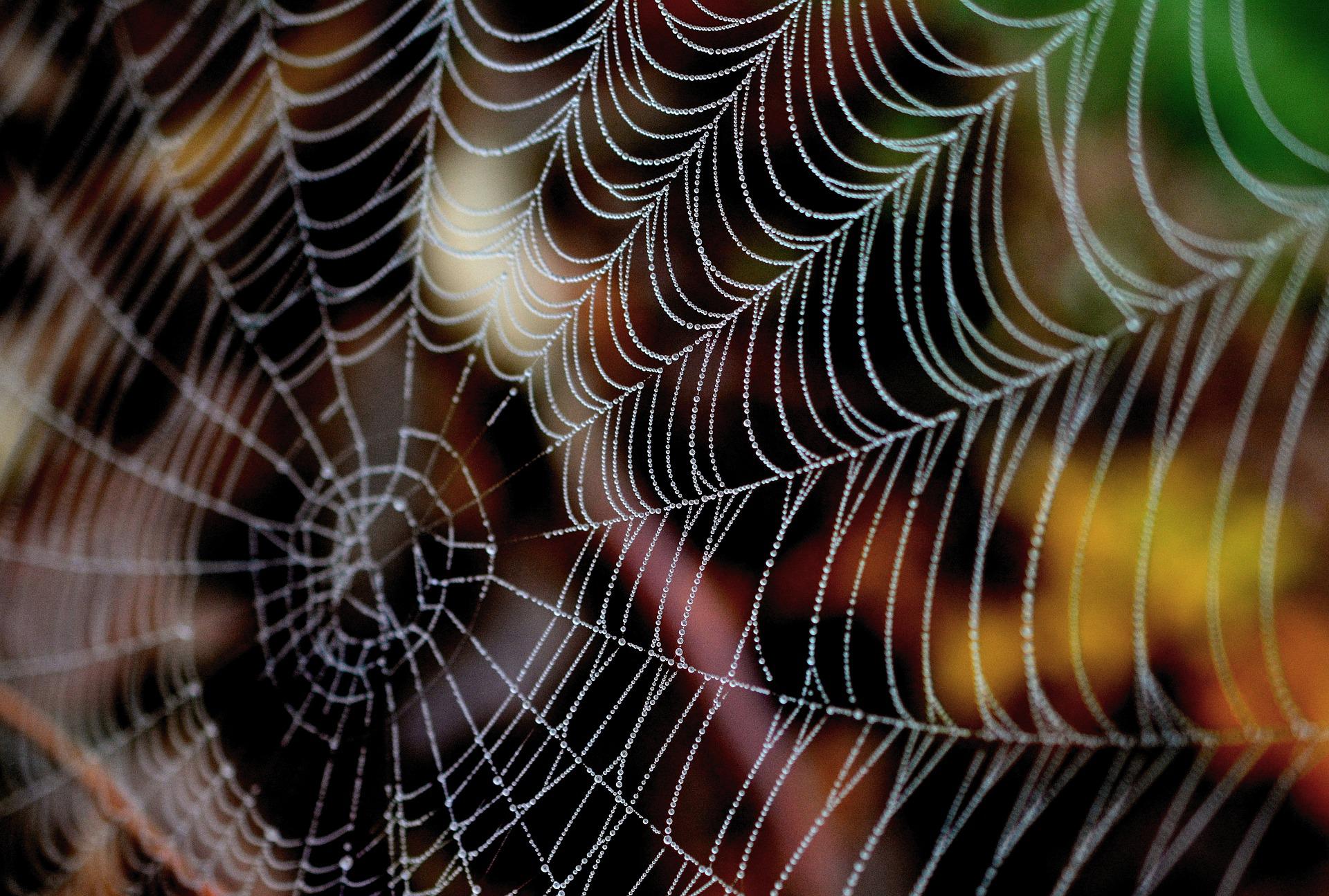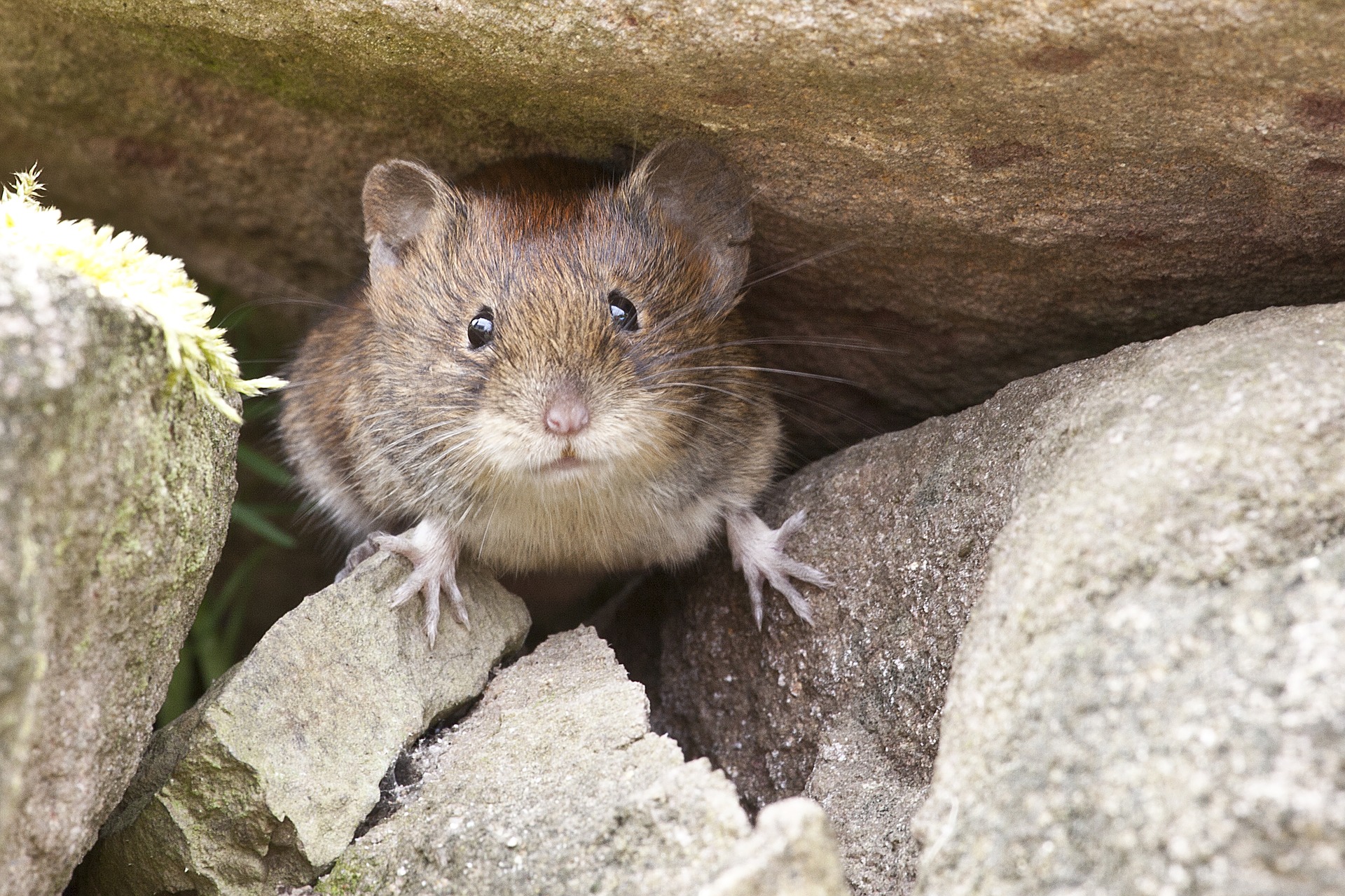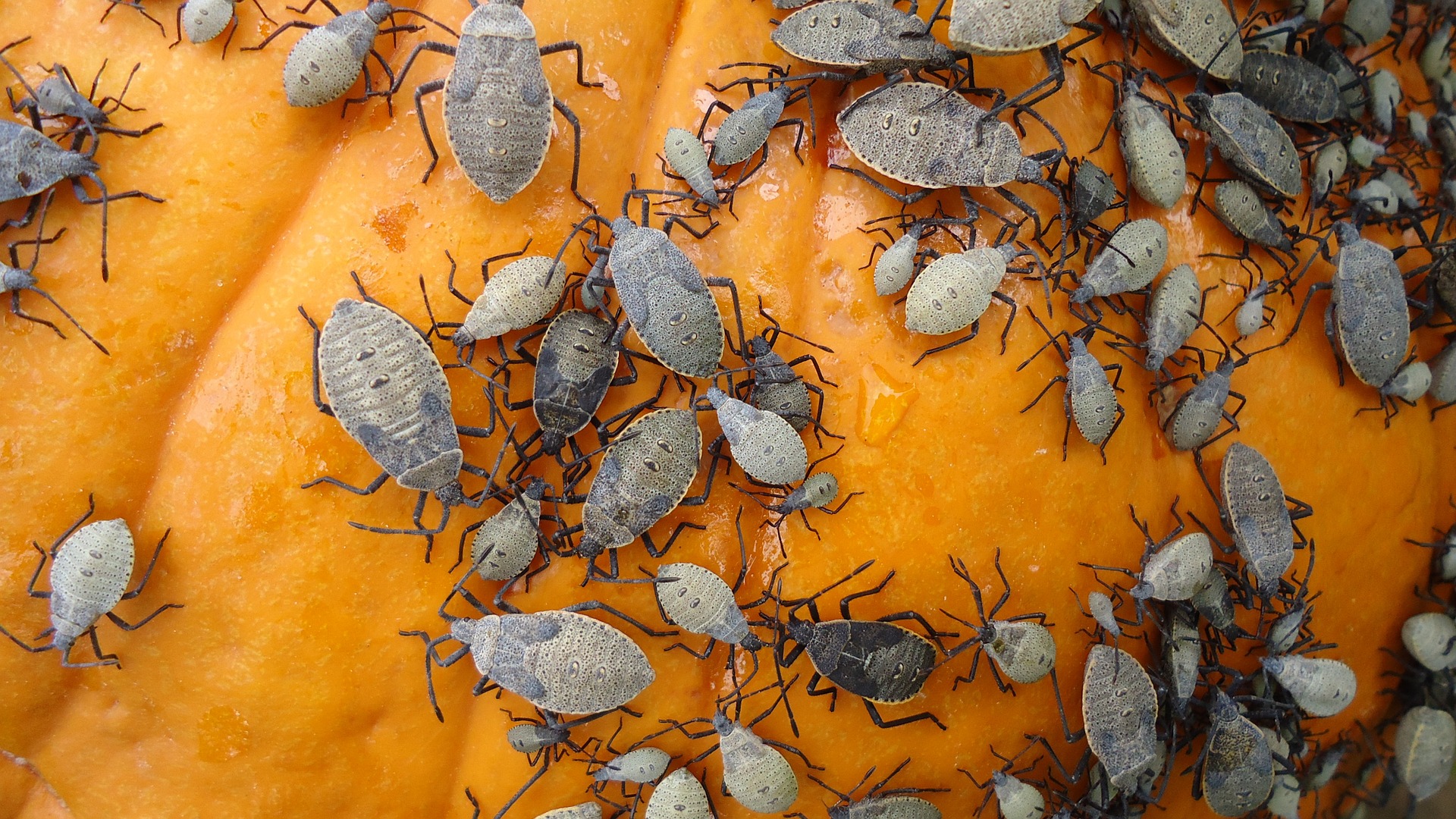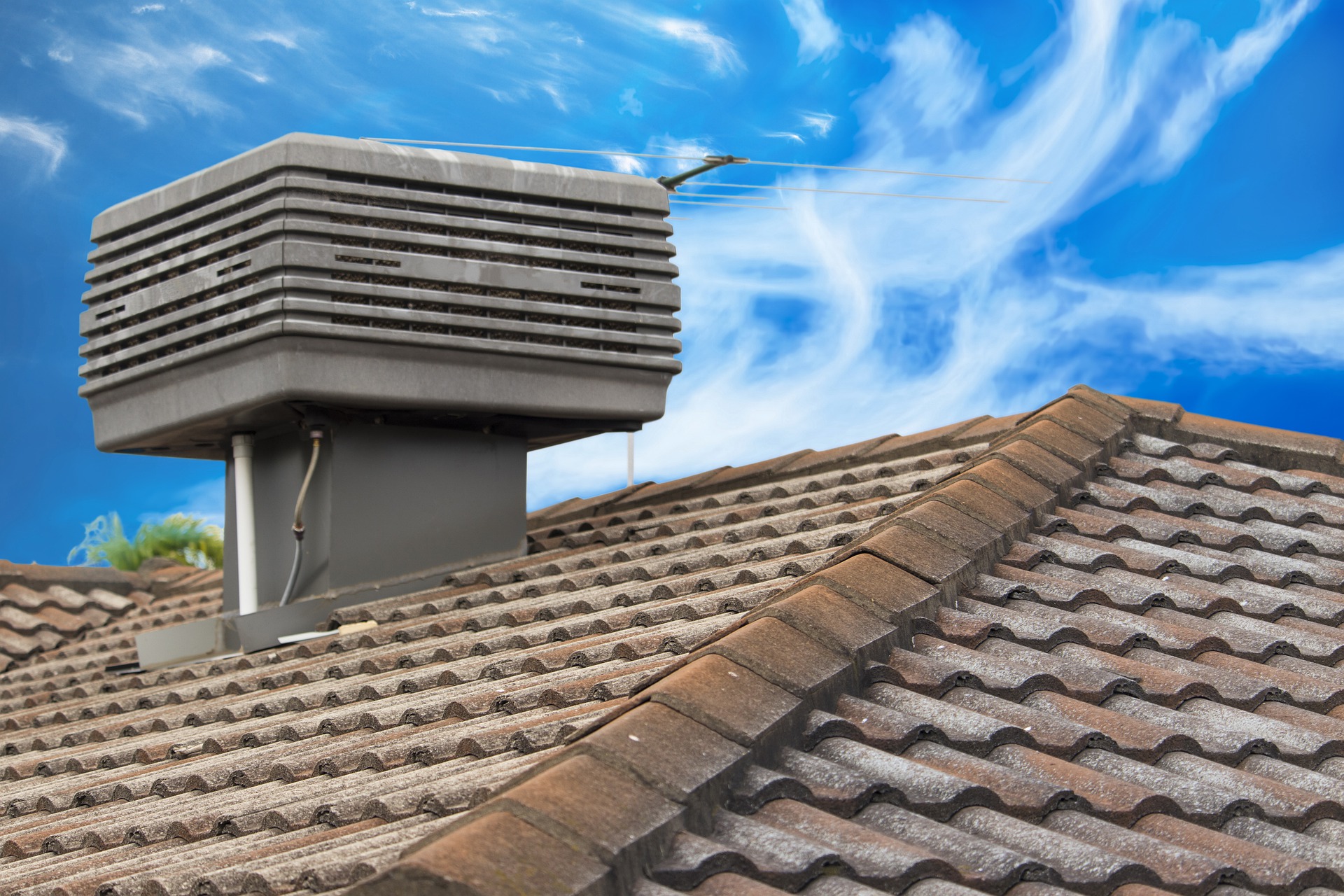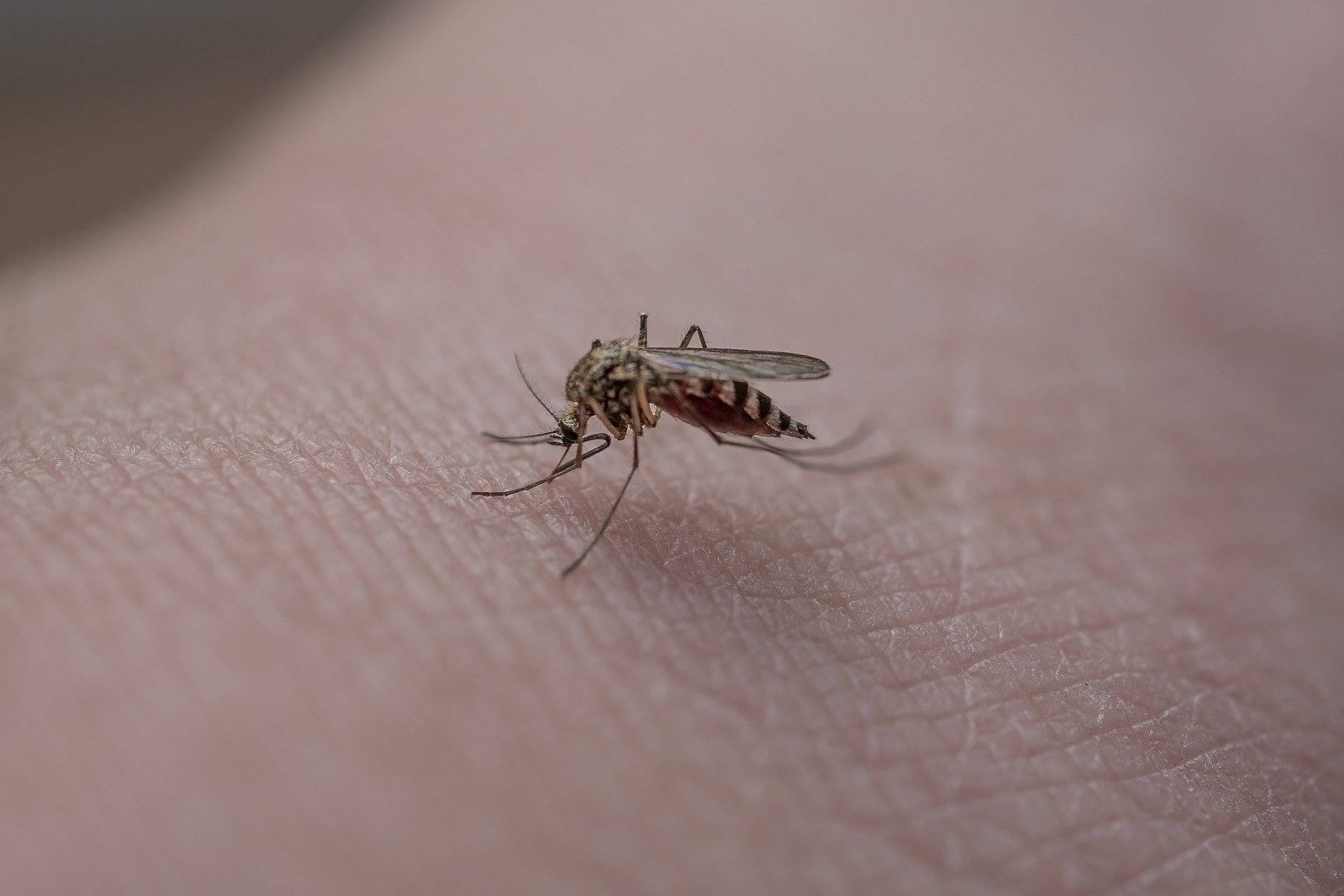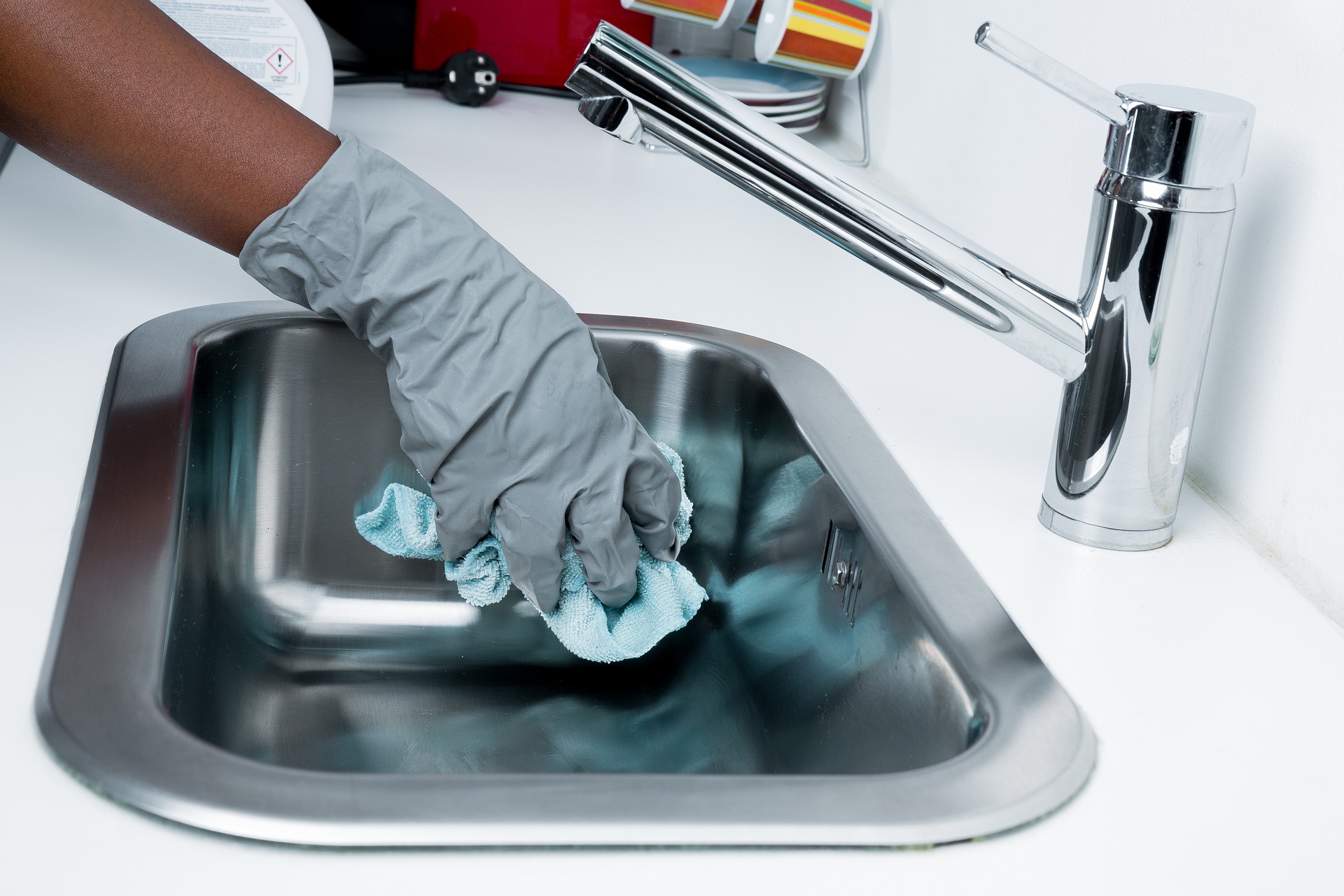Unveiling the Mystery: 10 Signs That You Have Bats in Your Home
Bats are fascinating creatures that play a crucial role in our ecosystem. However, when they decide to take up residence in our homes, it can become a cause for concern. Identifying whether you have bats in your home is the first step towards addressing the issue. Here are ten telltale signs that you may have bats as uninvited guests:
The Telltale Clues: How to Identify Bat Infestation in Your Living Space
Identifying a bat infestation in your living space can be challenging, as these nocturnal creatures are elusive and tend to hide during the day. However, there are several clues that can help you determine if bats have made your home their own:
Guano: Bat droppings, known as guano, are a clear indication of their presence. Guano is often found in piles near entry points or in areas where bats roost.
Strange Odor: Bats emit a distinct musky odor. If you notice an unusual smell in your home, especially in the attic or other dark areas, it could be a sign of bat infestation.
Stains and Grease Marks: Bats have oily fur that can leave stains and grease marks on walls, ceilings, and other surfaces they frequently come into contact with.
Strange Noises: Bats are not completely silent creatures. If you hear scratching, squeaking, or fluttering sounds coming from your walls or attic, it could be a sign of bats.
Living with Winged Intruders: Understanding the Risks and Dangers of Bat Infestation
While bats are beneficial to the environment, having them in your home can pose risks and dangers to you and your family. Understanding these risks is crucial in addressing the issue promptly:
Health Concerns: Bats can carry diseases such as rabies, histoplasmosis, and bat bugs. Their droppings can also harbor harmful fungi, which can lead to respiratory issues if inhaled.
Structural Damage: Bats can cause significant damage to your home’s structure over time. Their droppings and urine can corrode materials, and their constant scratching and nesting can weaken walls and ceilings.
Noise and Disturbance: Bats are active at night, which means their presence can disrupt your sleep and overall peace of mind. The constant fluttering and scratching sounds can be unsettling.
Fire Hazard: Bats are known to chew on electrical wires, increasing the risk of electrical malfunctions and potential fires.
Taking Action: Effective Steps to Remove Bats from Your Home and Ensure Their Departure
If you suspect or confirm a bat infestation in your home, it is crucial to take immediate action to remove them safely and prevent their return:
Consult a Professional: Contact a wildlife removal specialist or bat conservation organization to assess the situation and develop a removal plan that adheres to local regulations.
Seal Entry Points: Identify and seal any gaps, cracks, or openings in your home’s exterior to prevent bats from re-entering. Remember, bats can fit through small openings, so thorough inspection is necessary.
Install Bat Boxes: Provide alternative roosting options for bats by installing bat boxes in your yard. This can help redirect them away from your home while still supporting their conservation.
Maintain Cleanliness: Regularly clean up bat droppings and sanitize affected areas to minimize health risks. Use appropriate protective gear, such as gloves and masks, when handling guano.
By being aware of the signs of bat infestation, understanding the risks involved, and taking prompt action, you can effectively address the issue and ensure the departure of these winged intruders. Remember, bats are valuable creatures that deserve our respect and protection, but they are best appreciated when they remain in their natural habitats.

